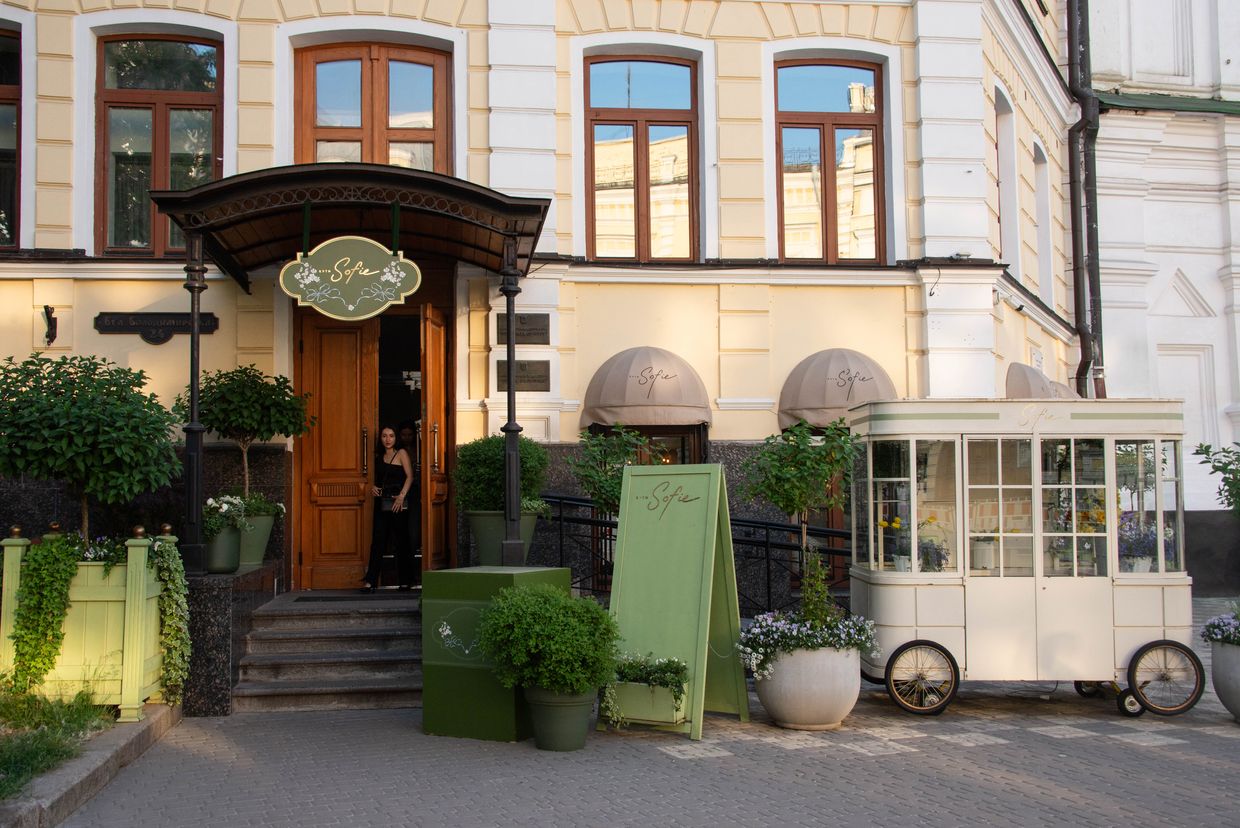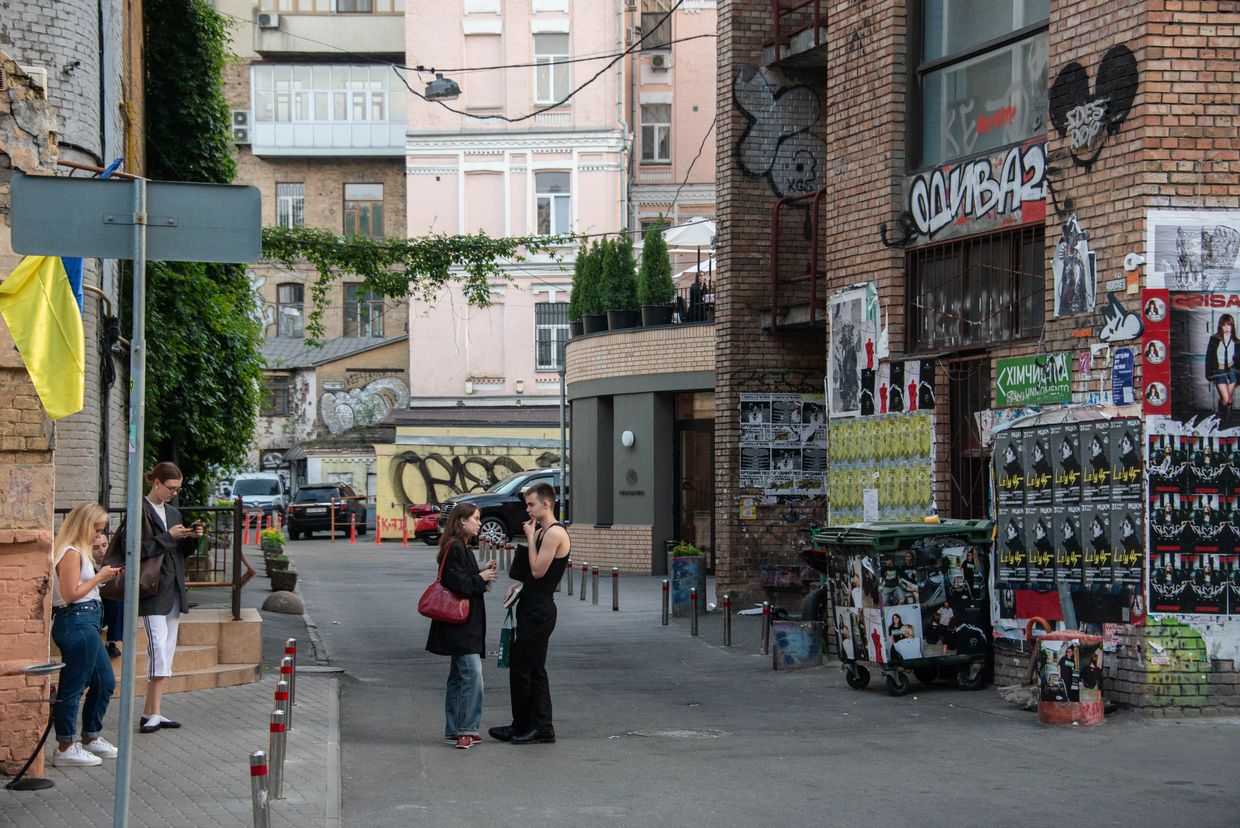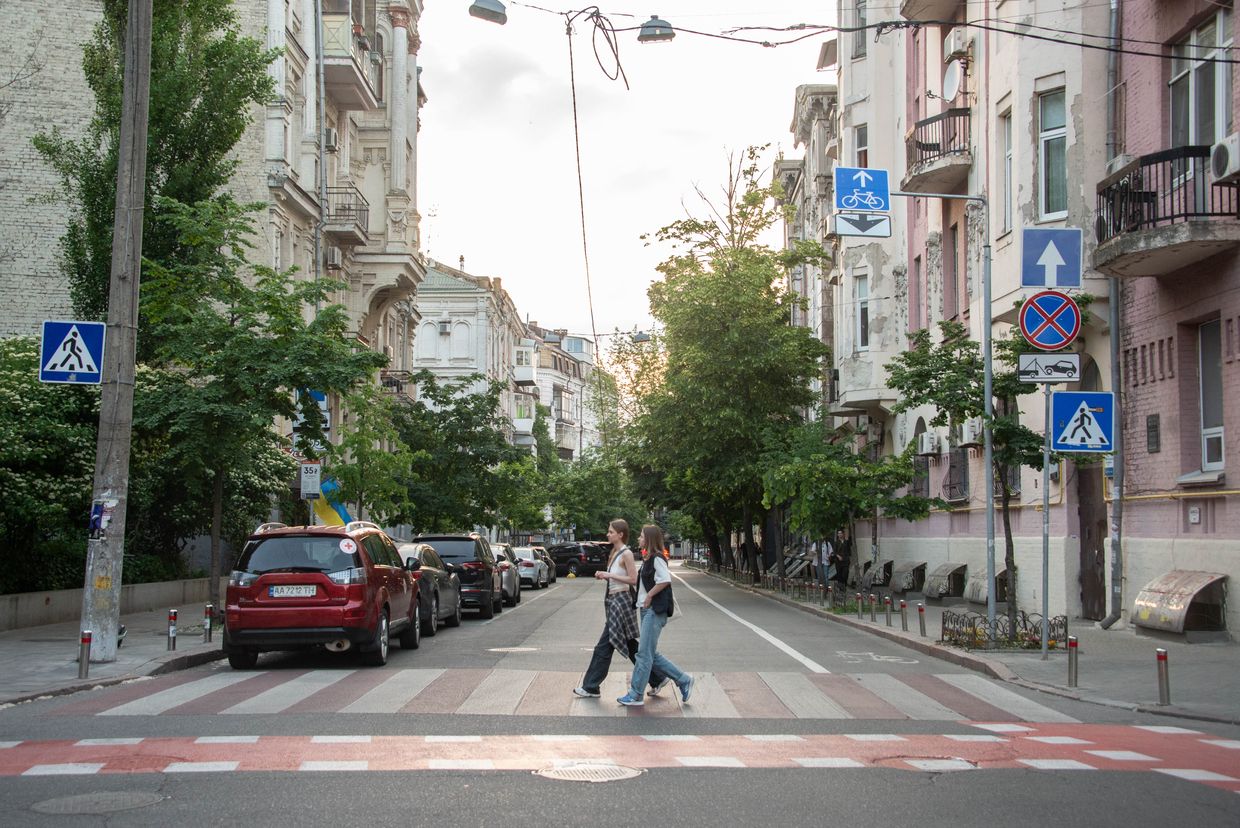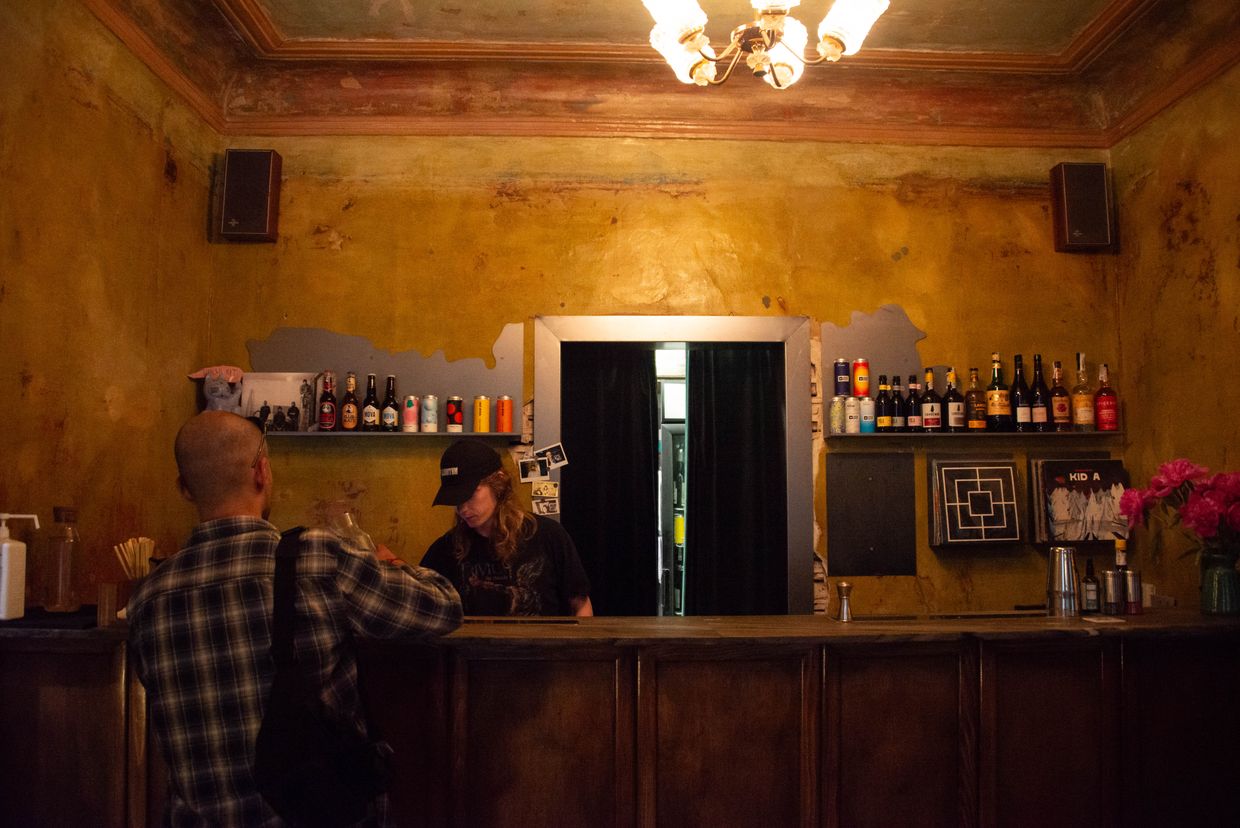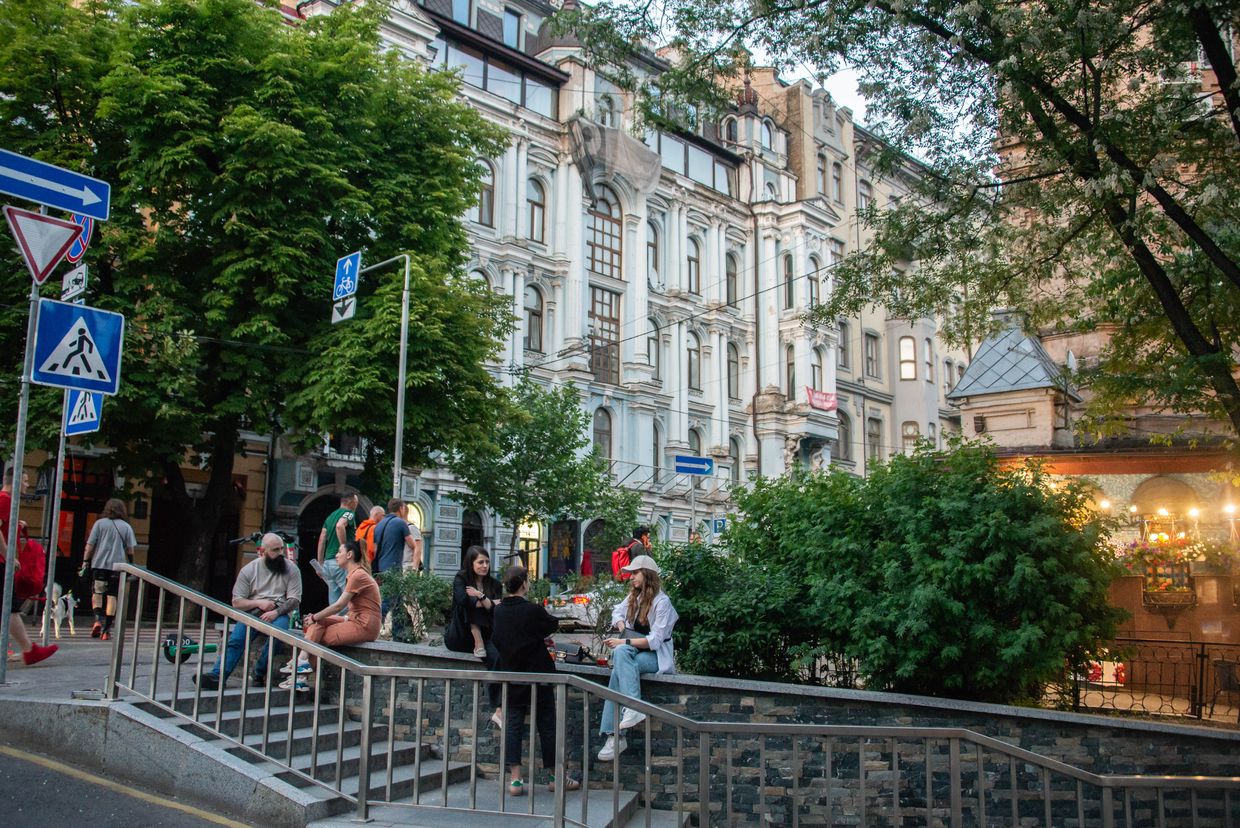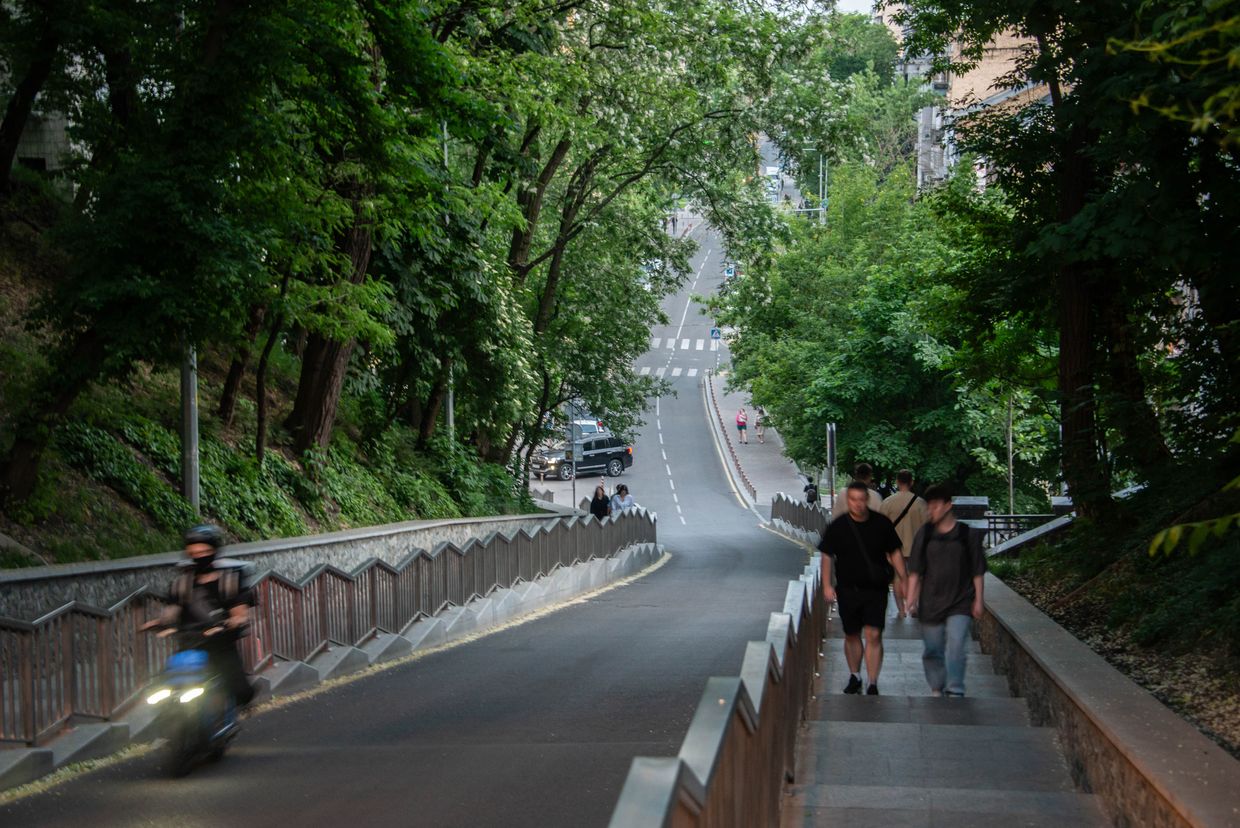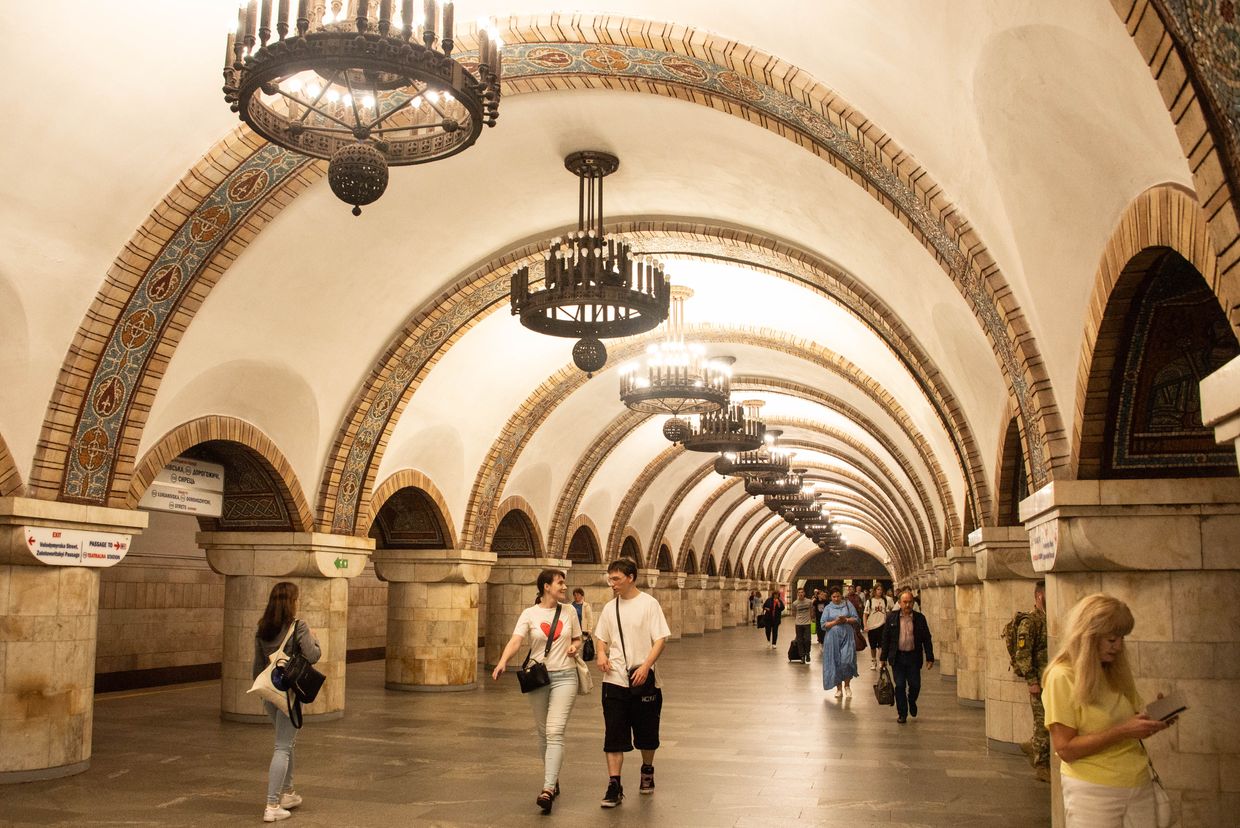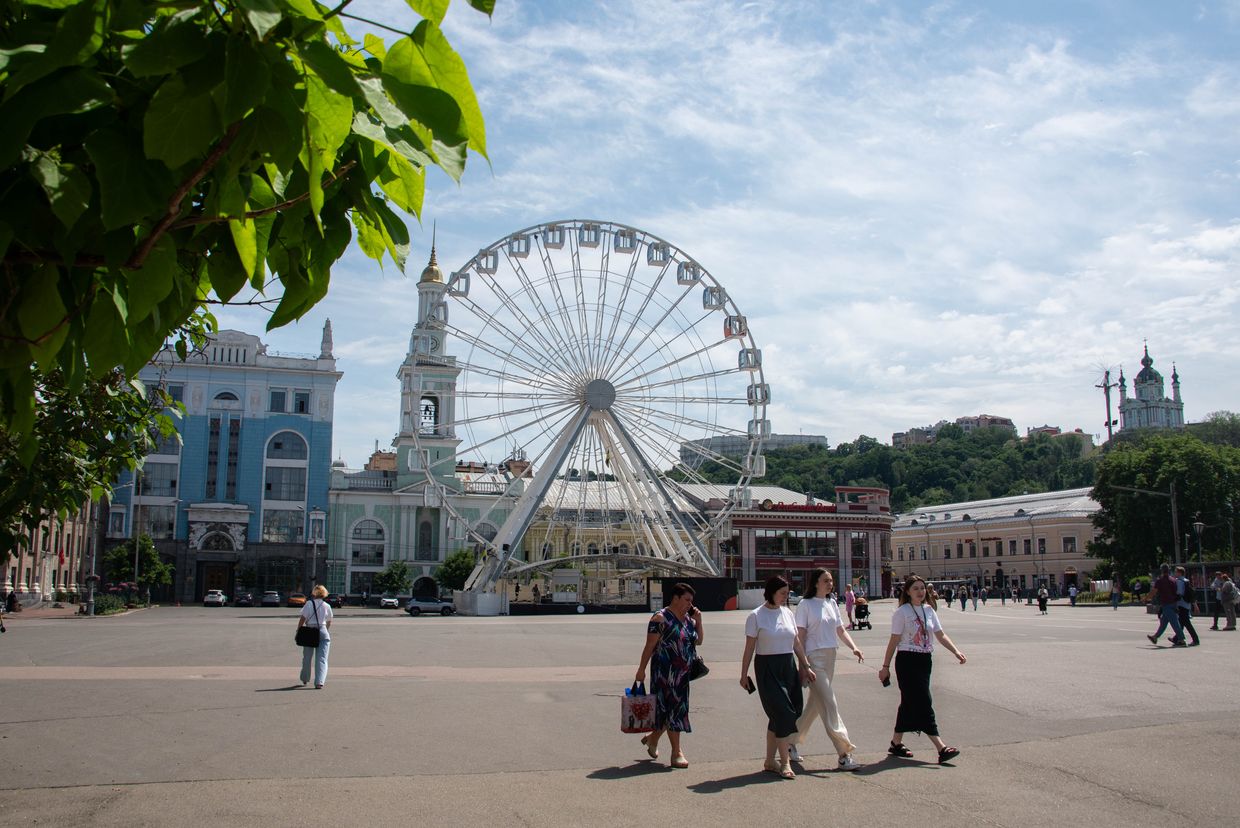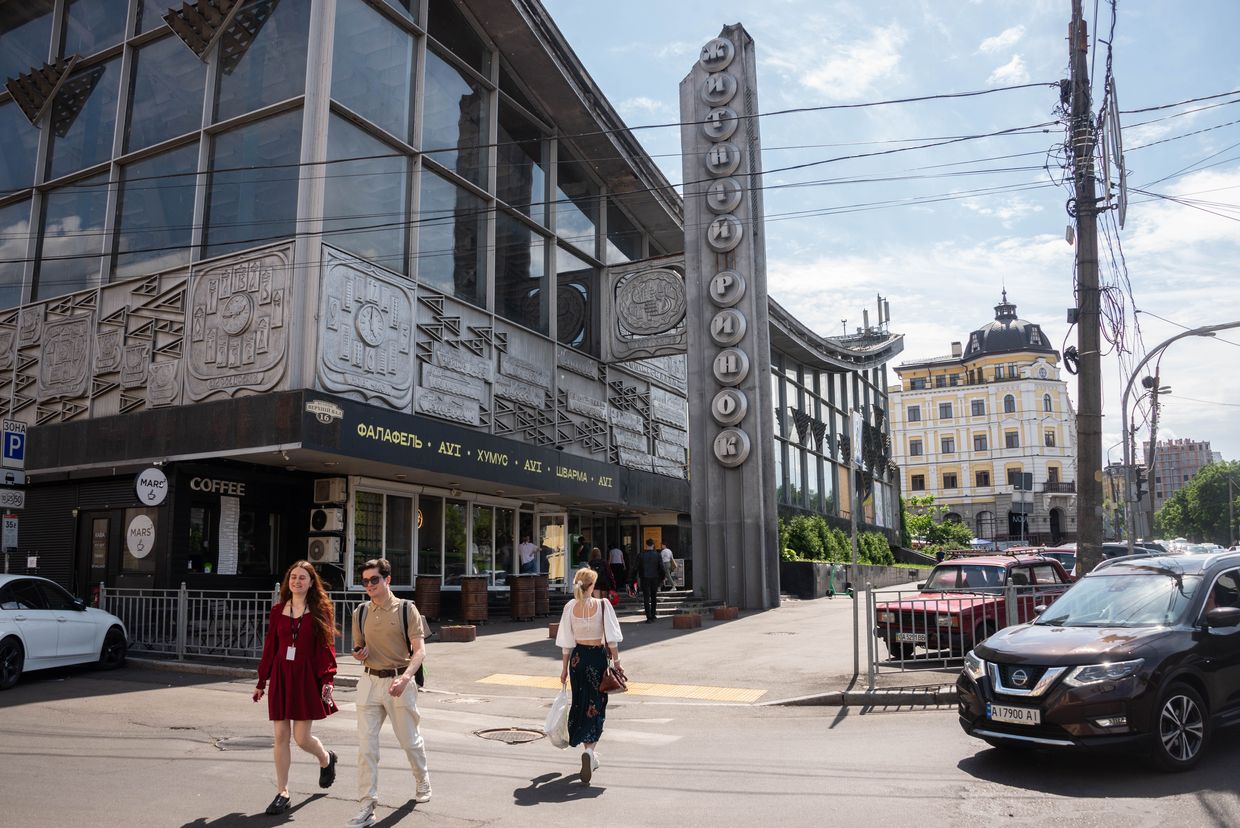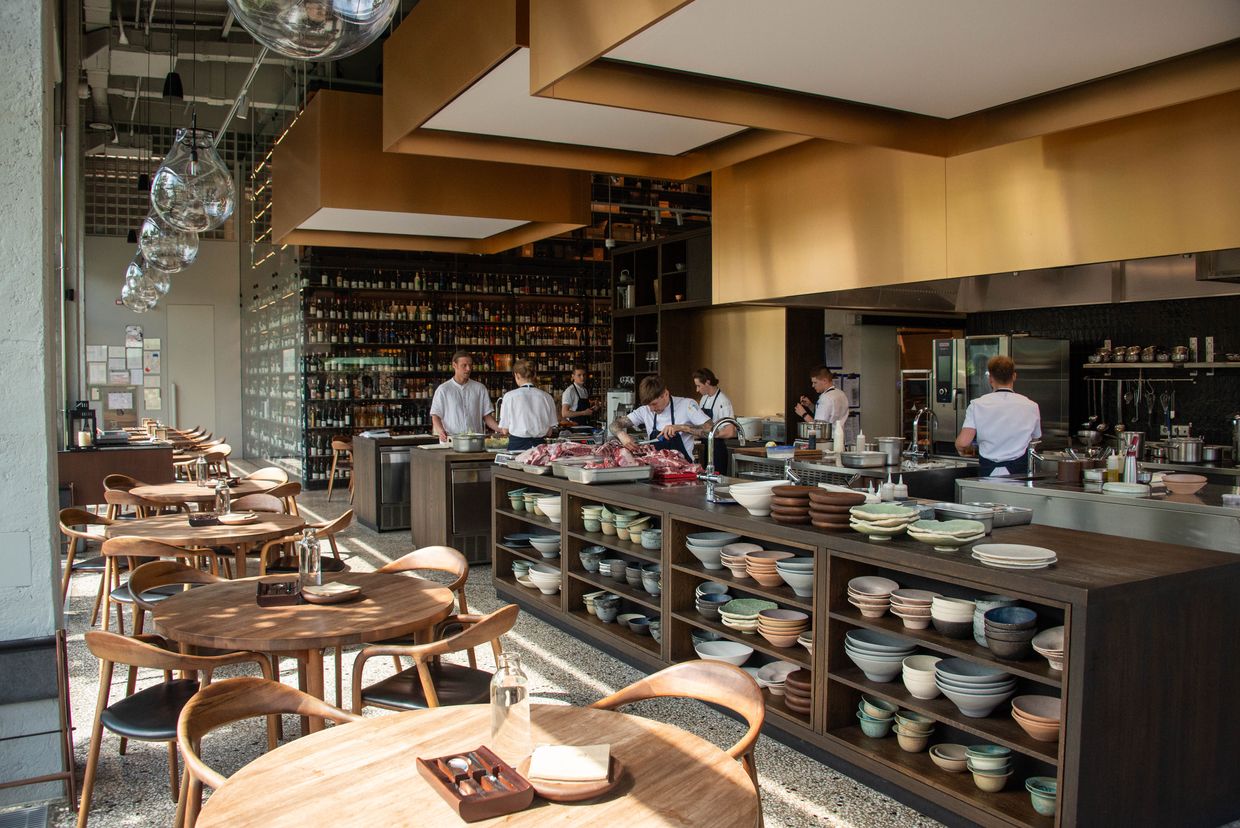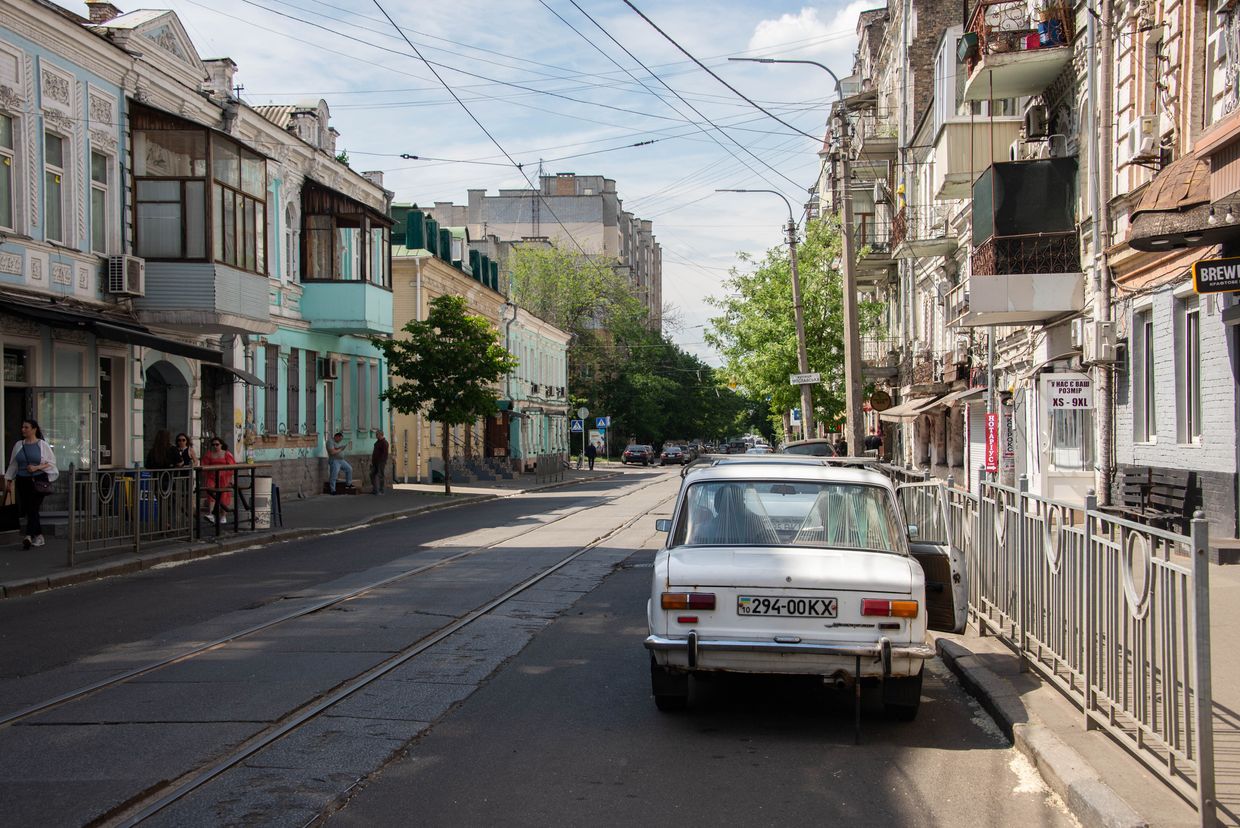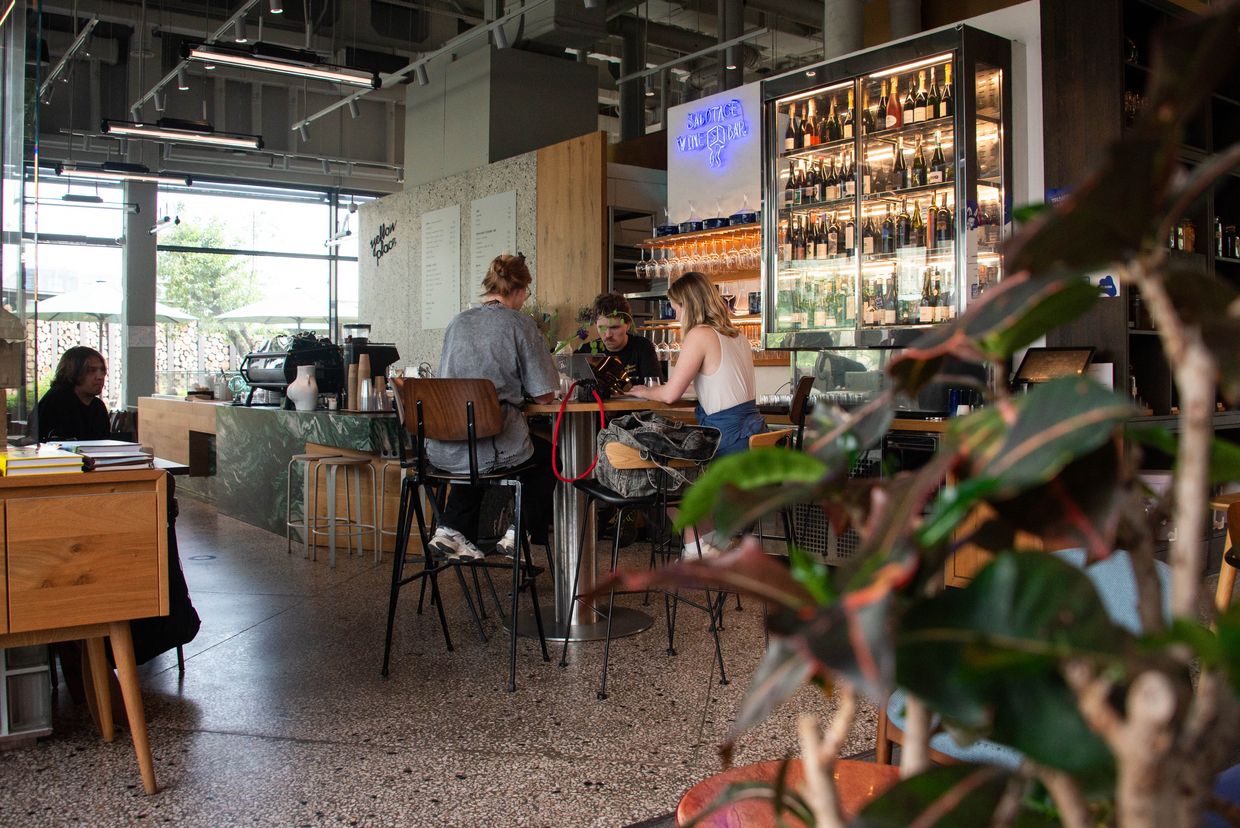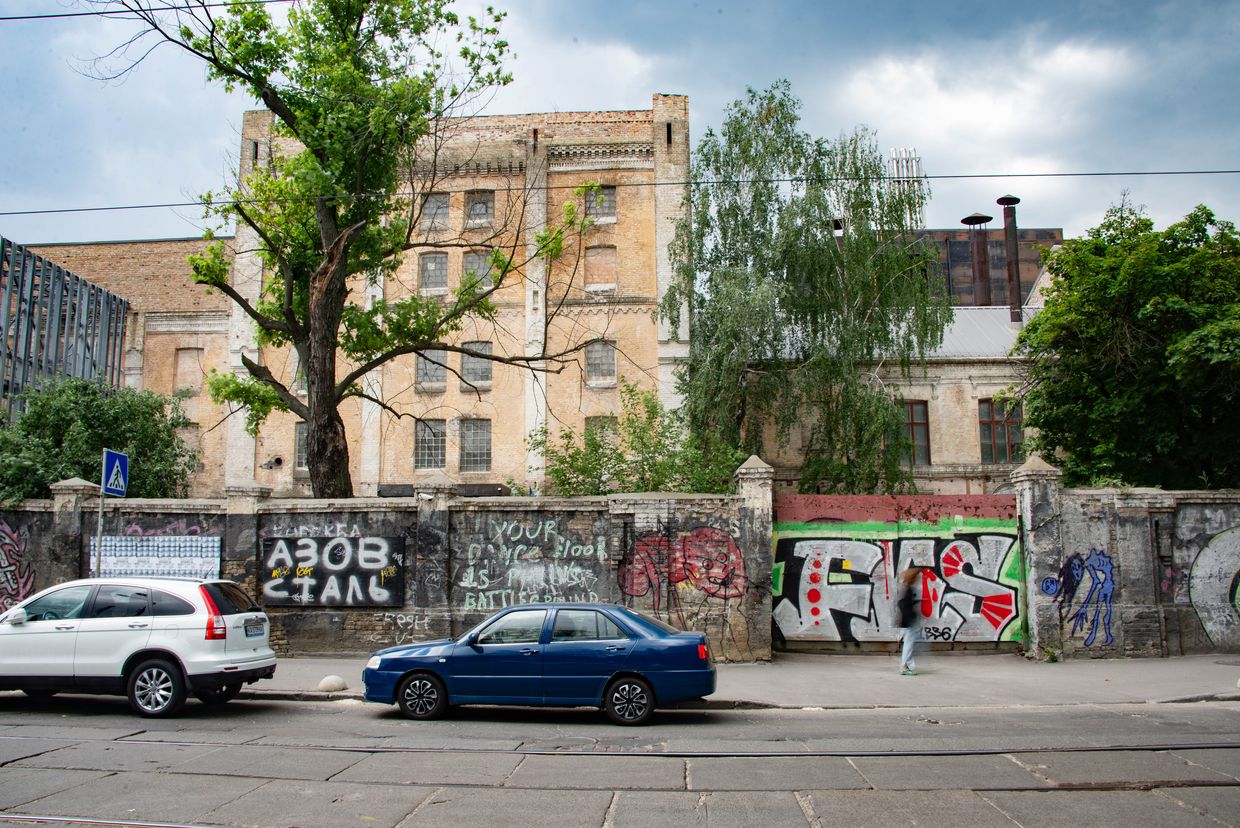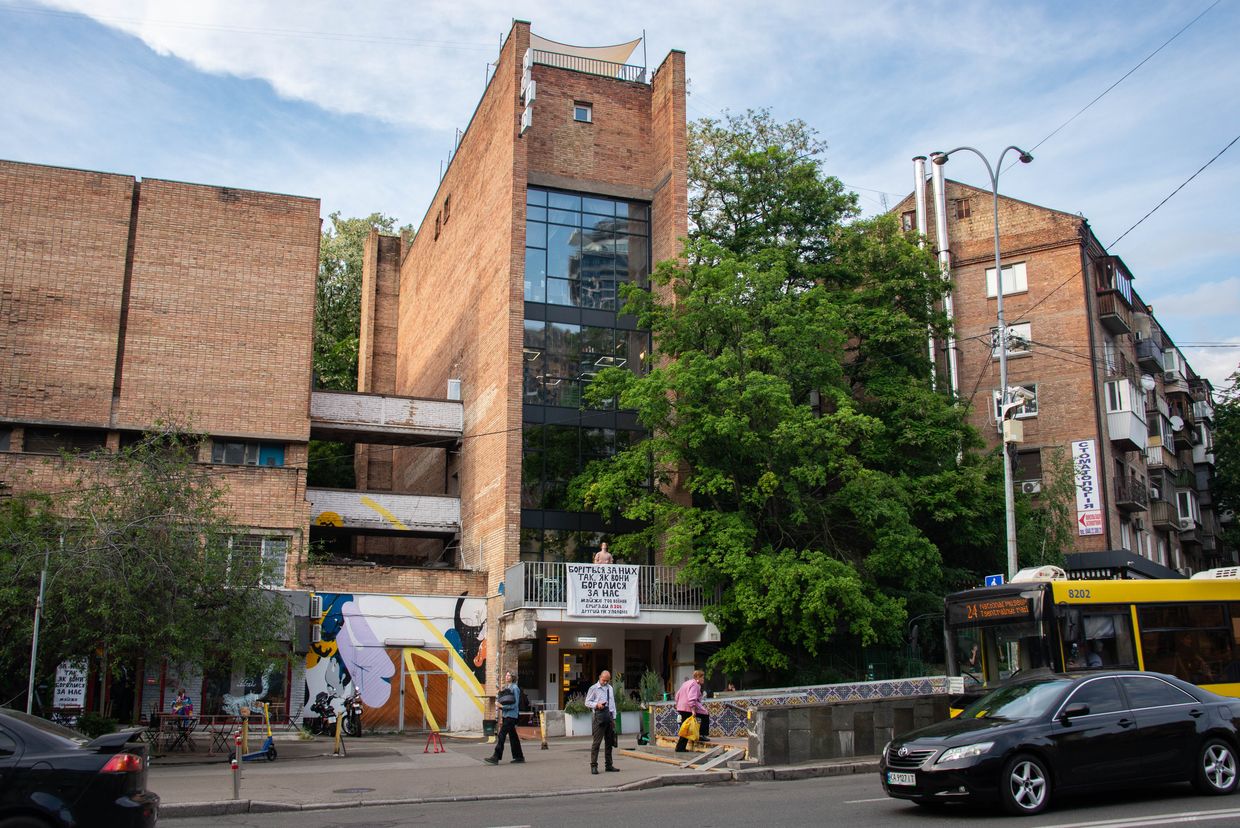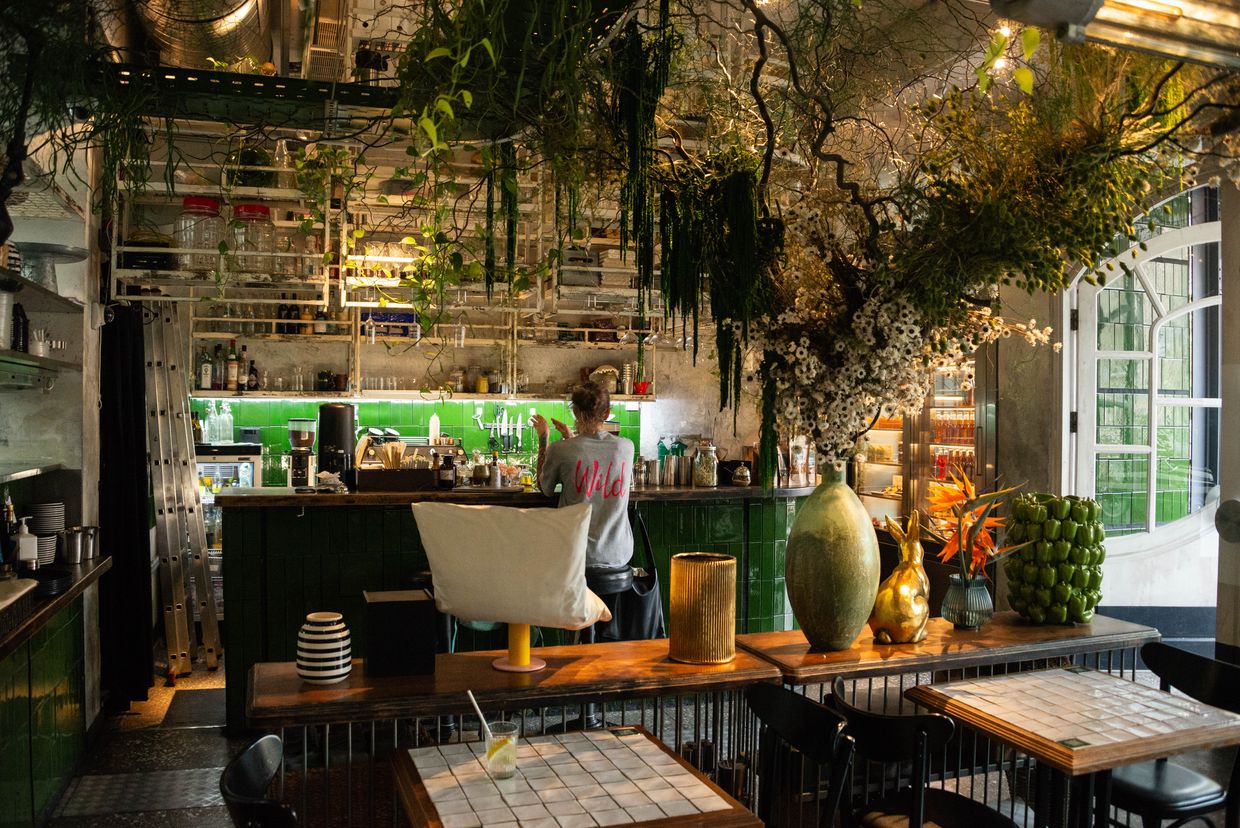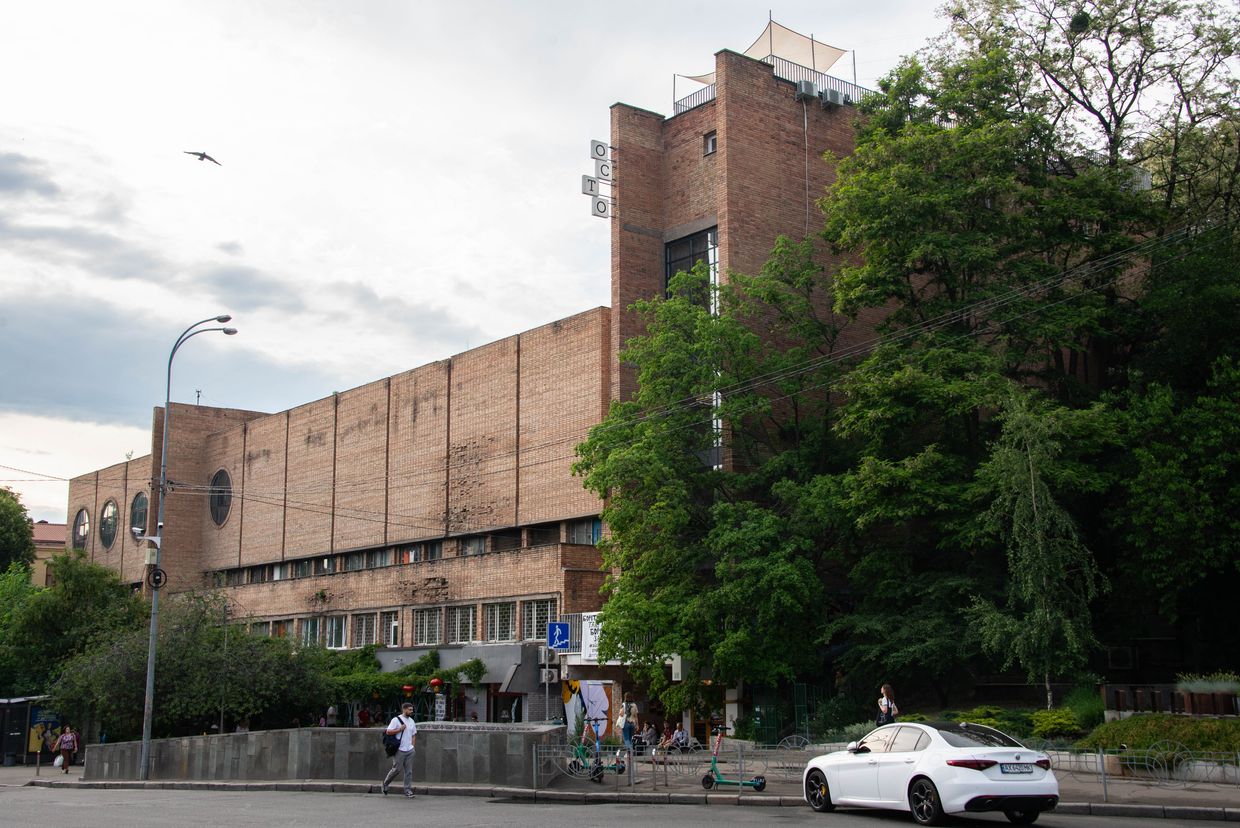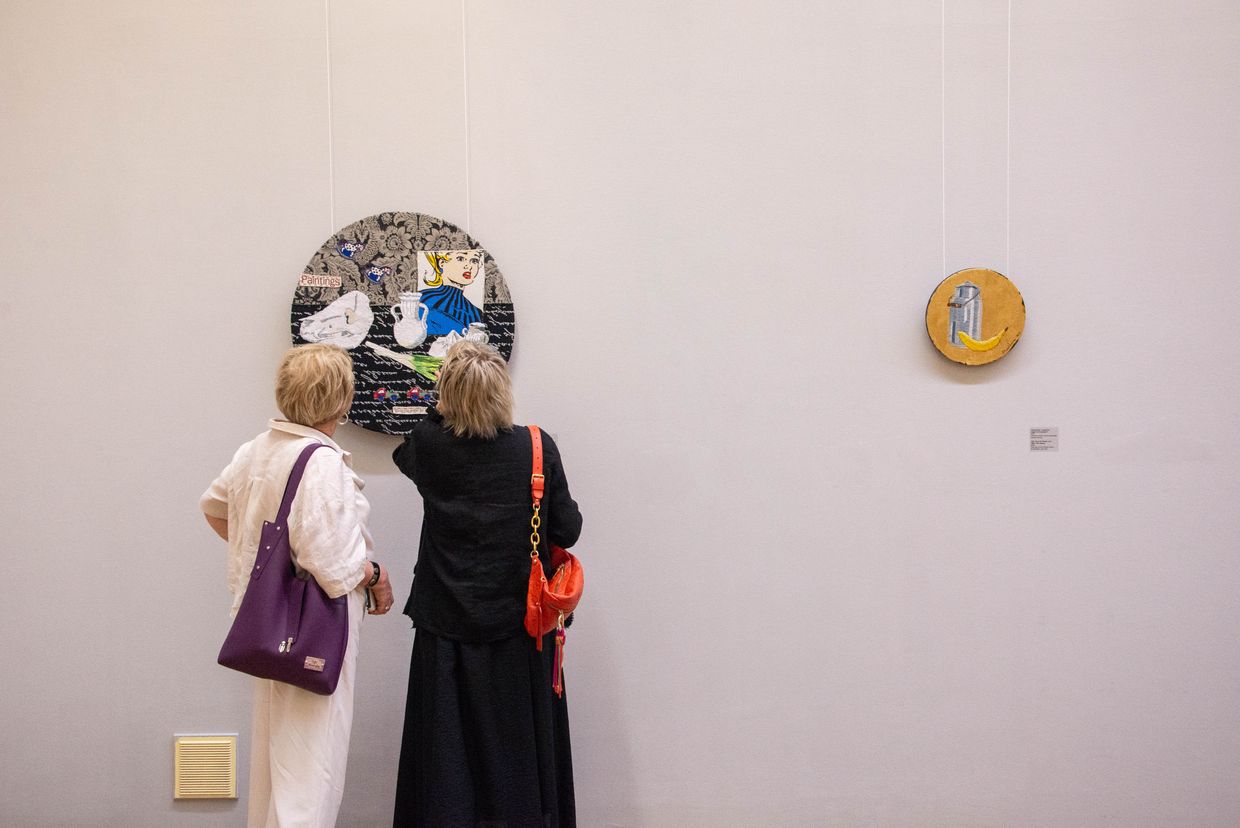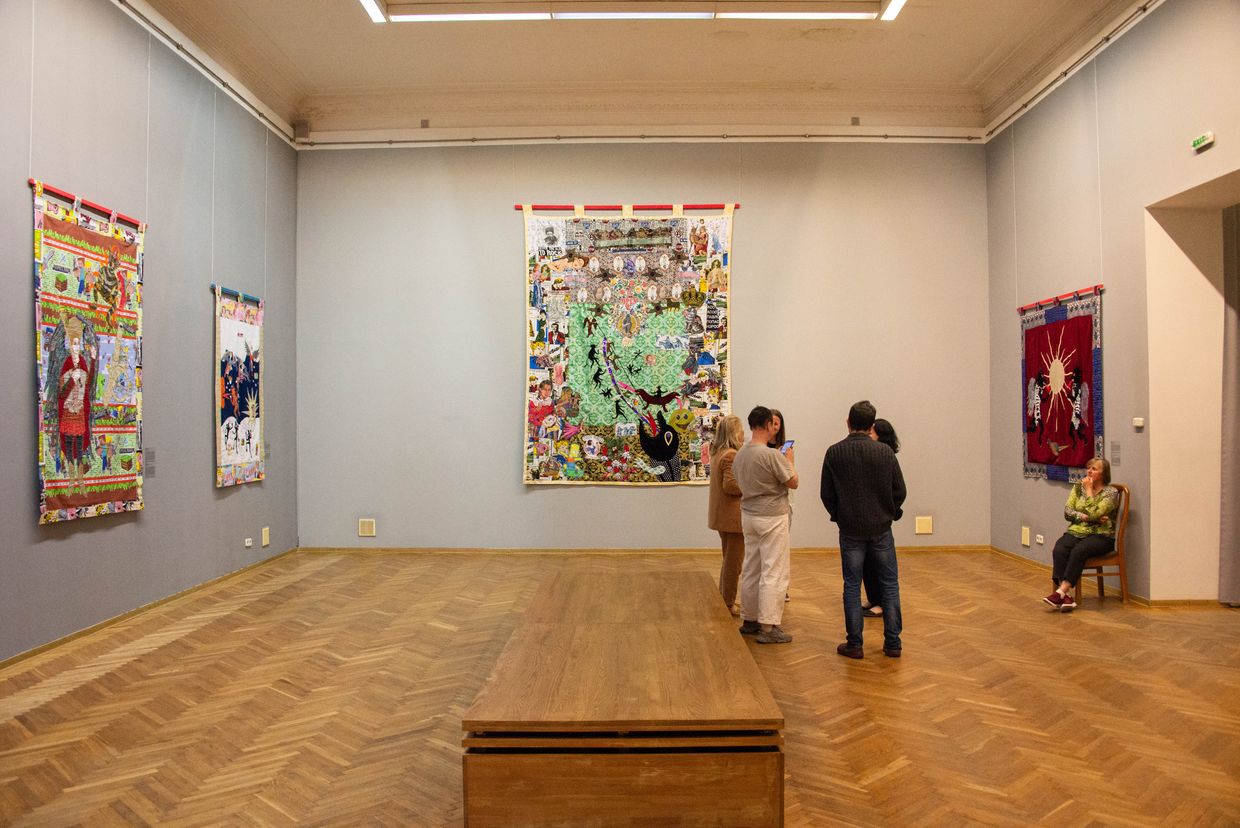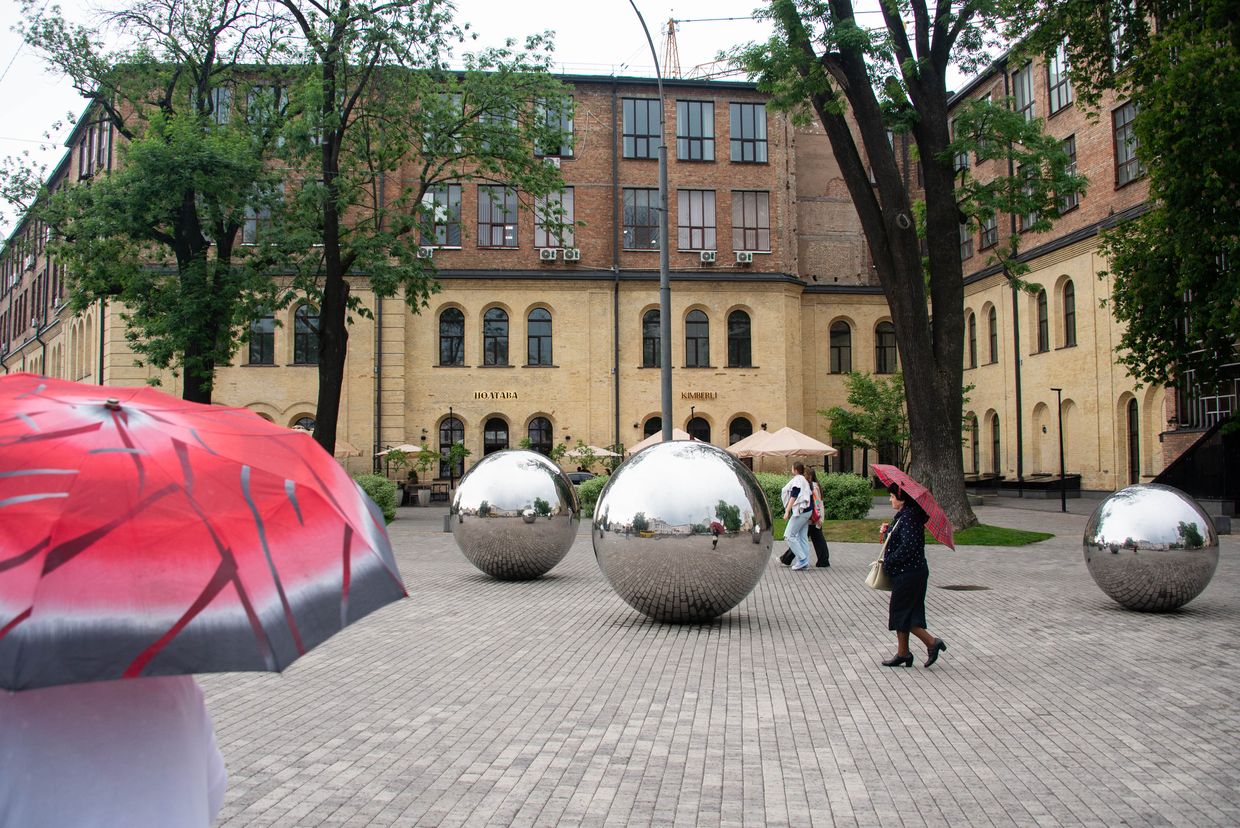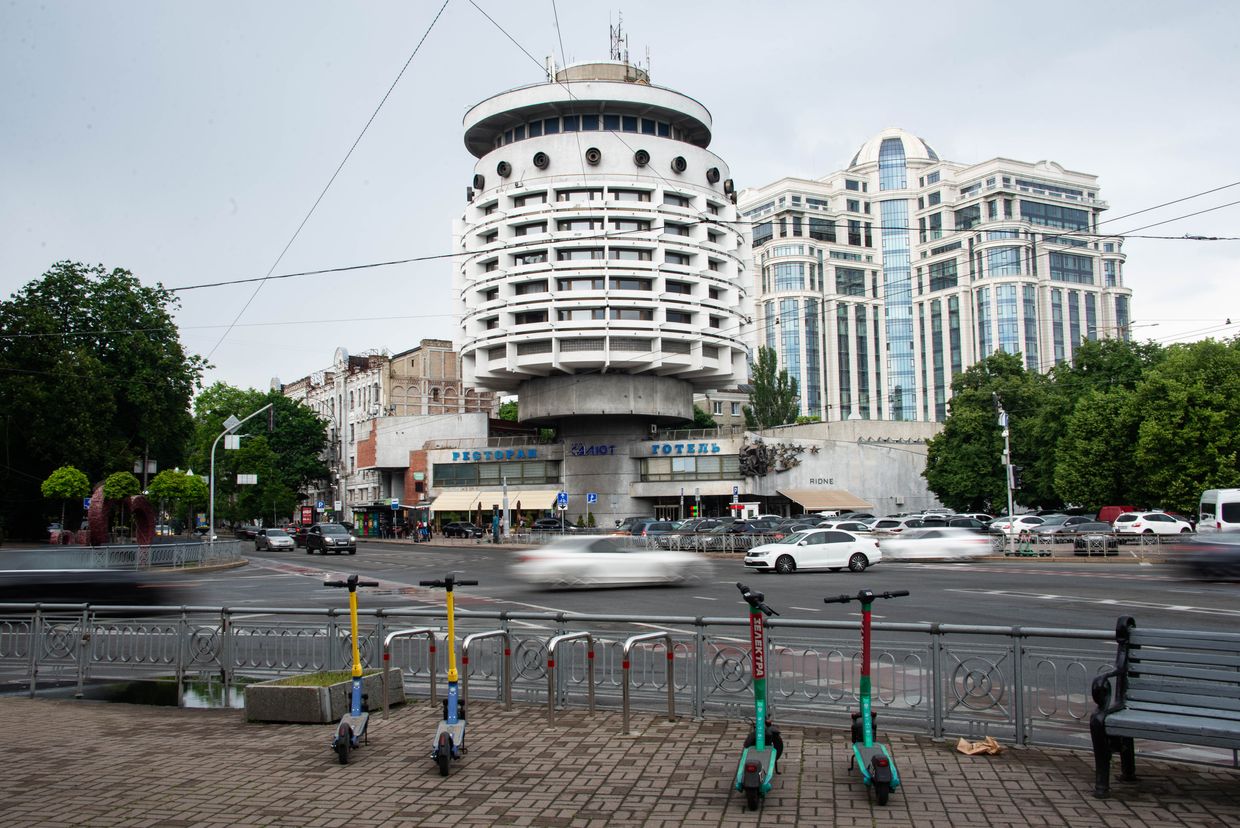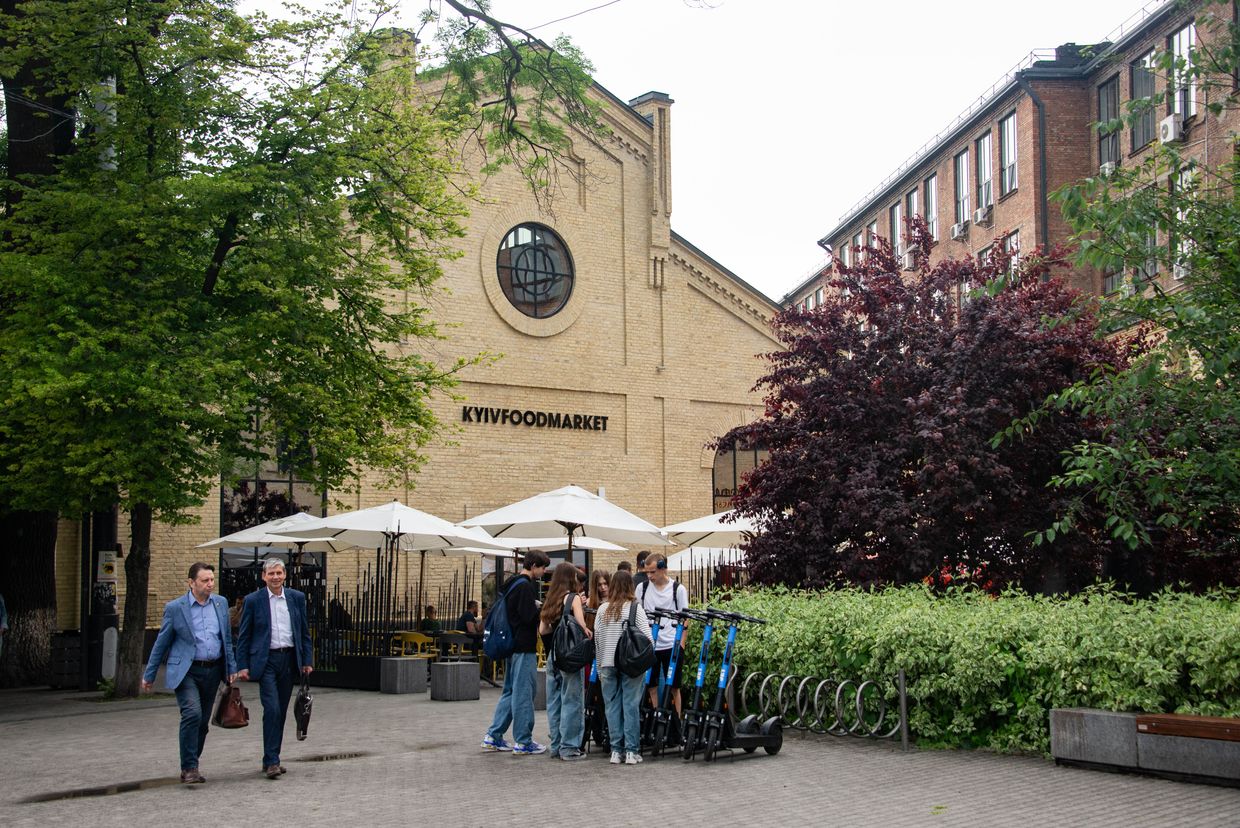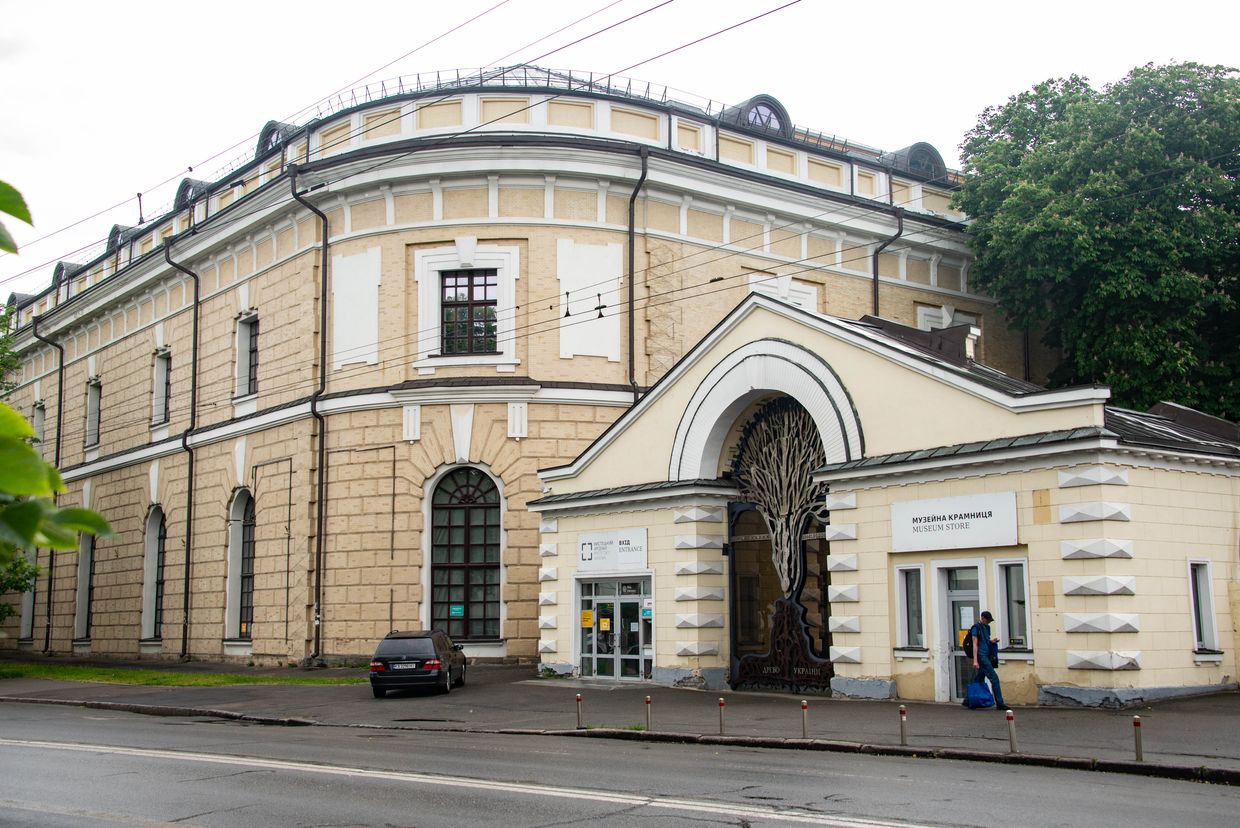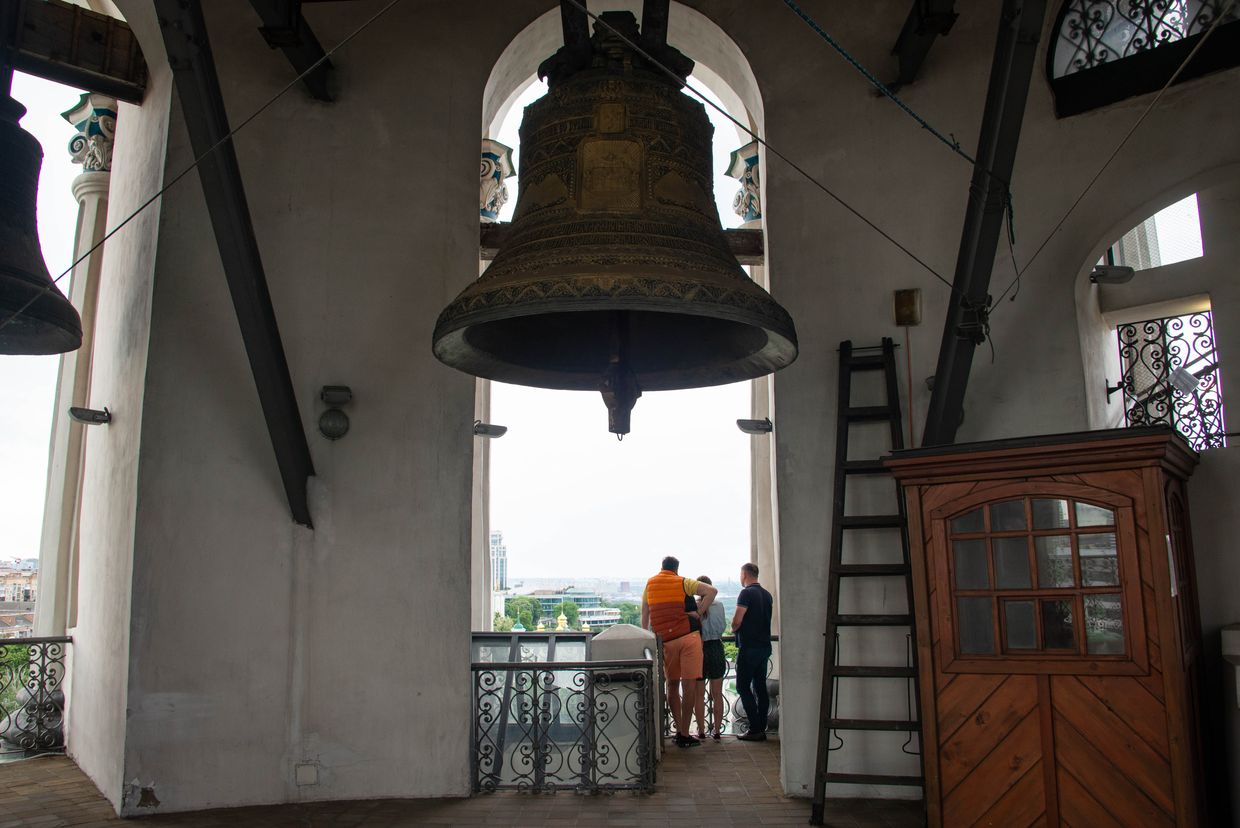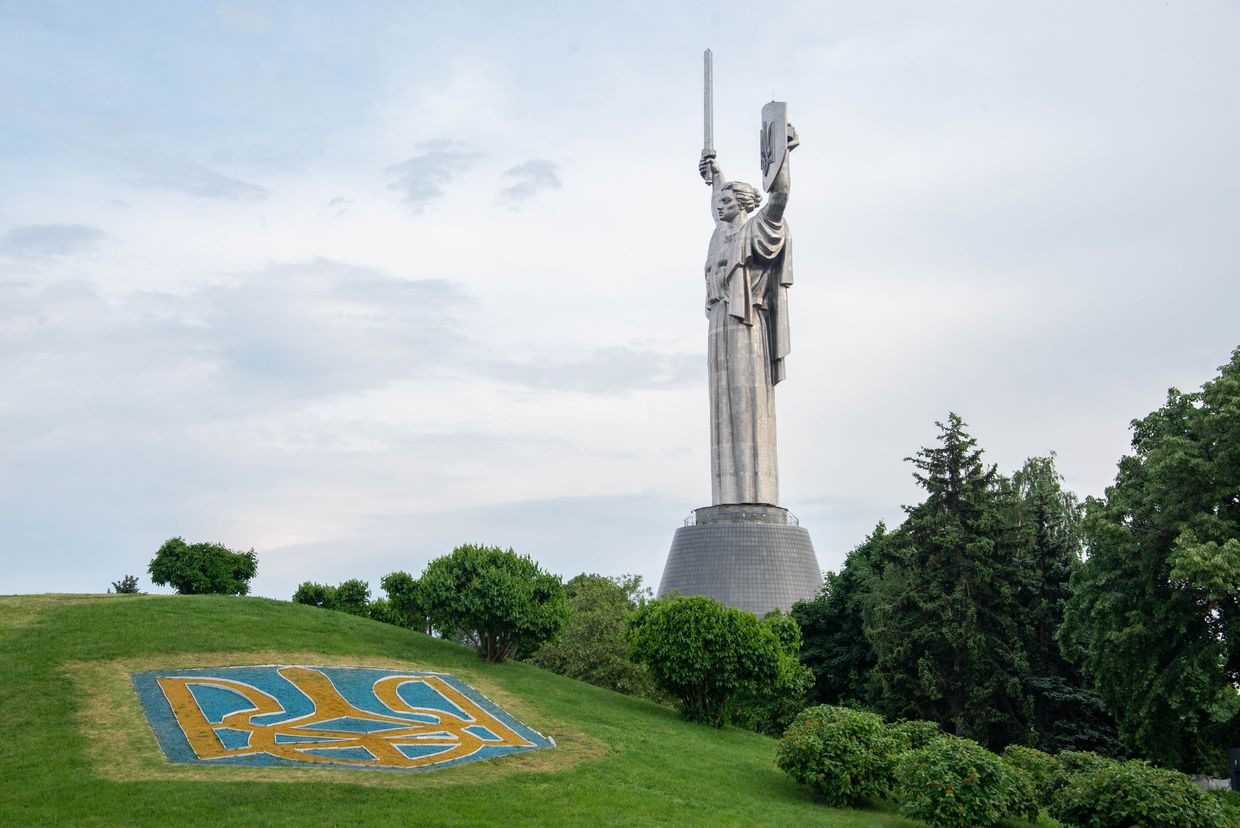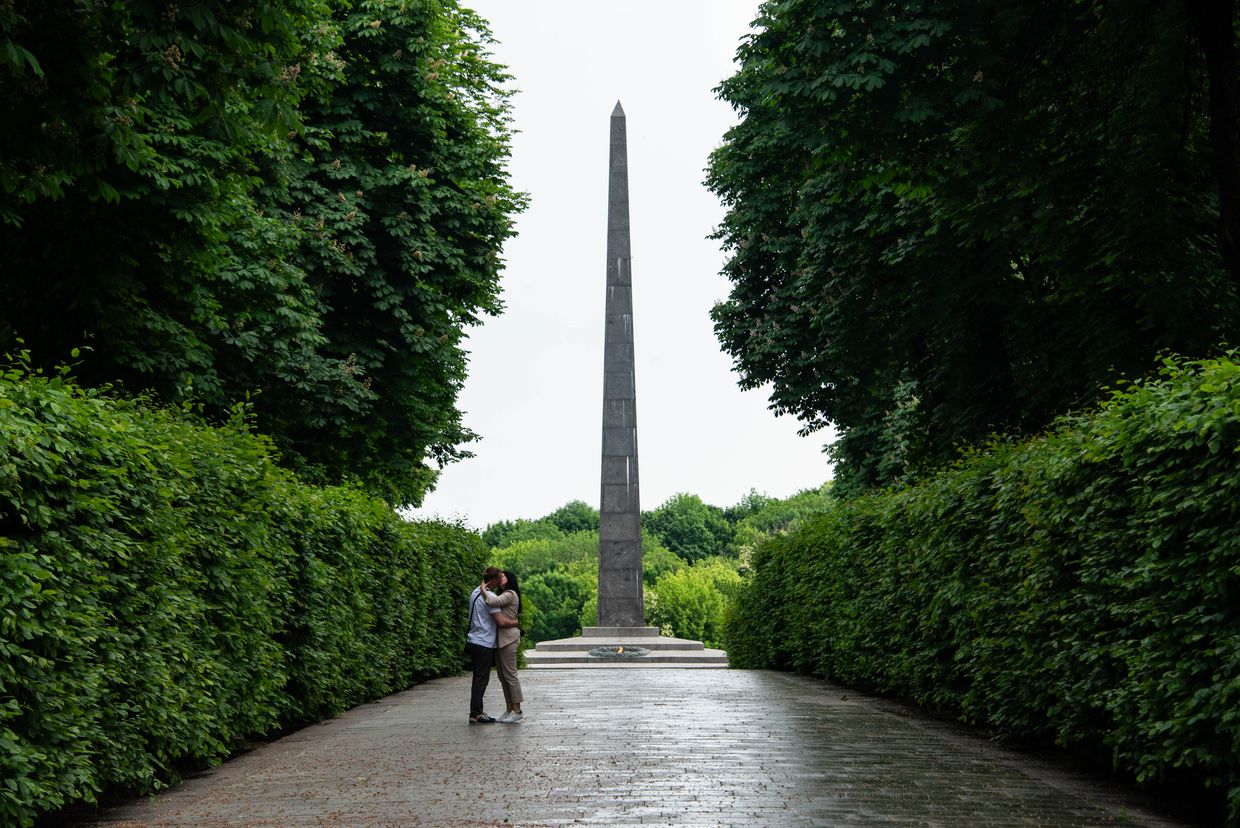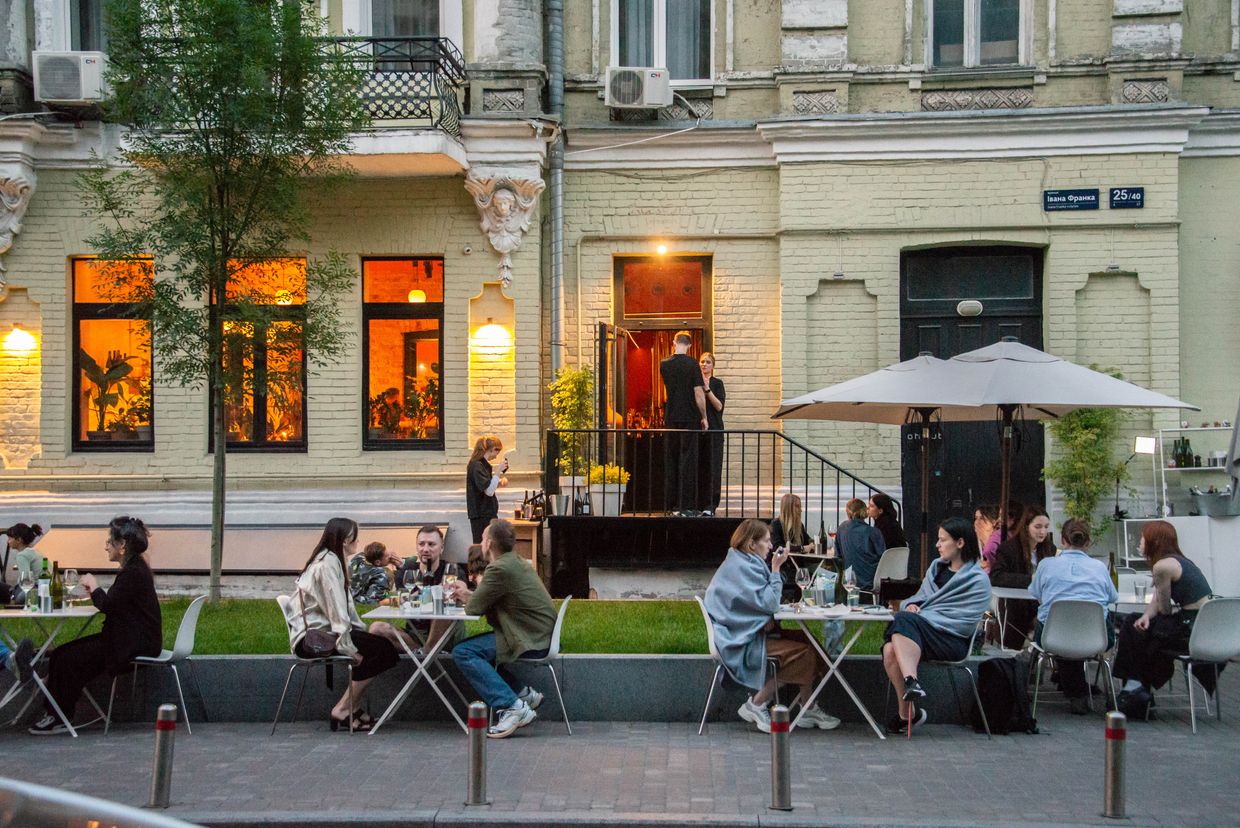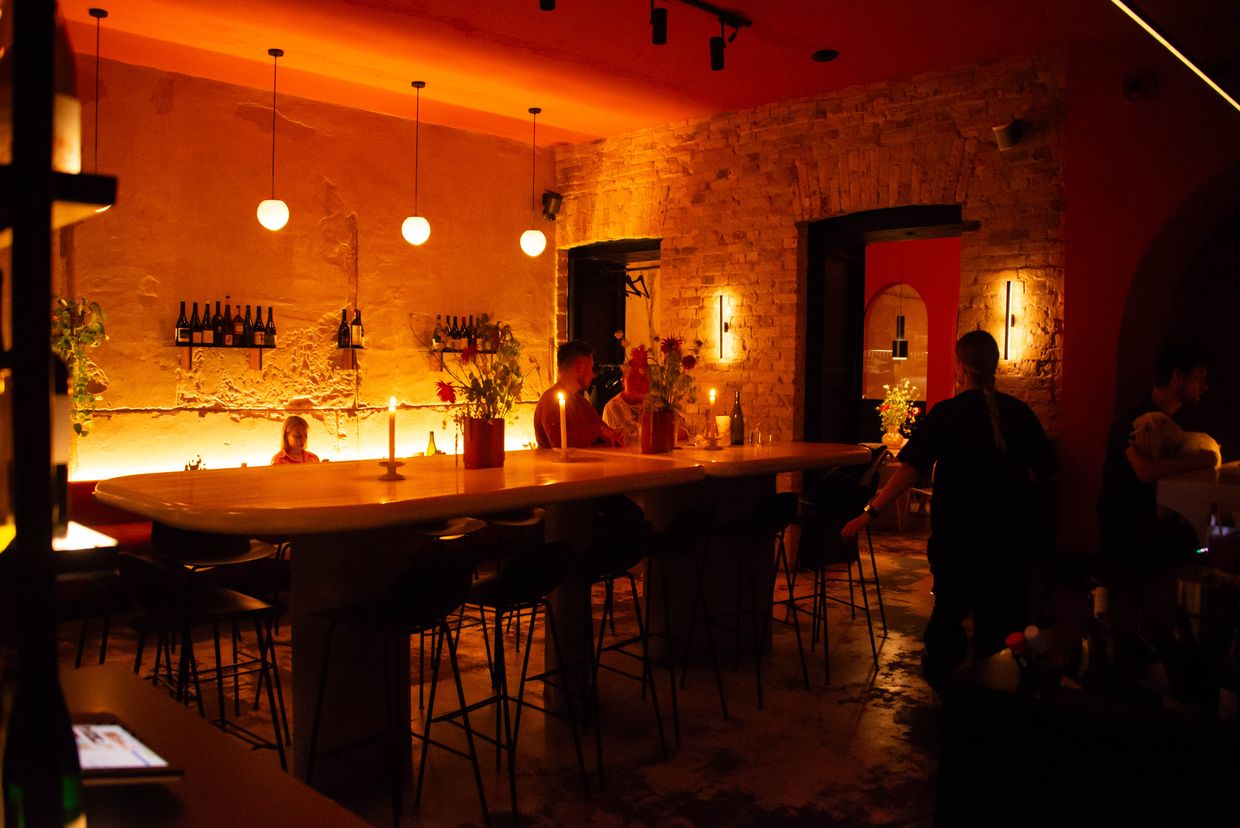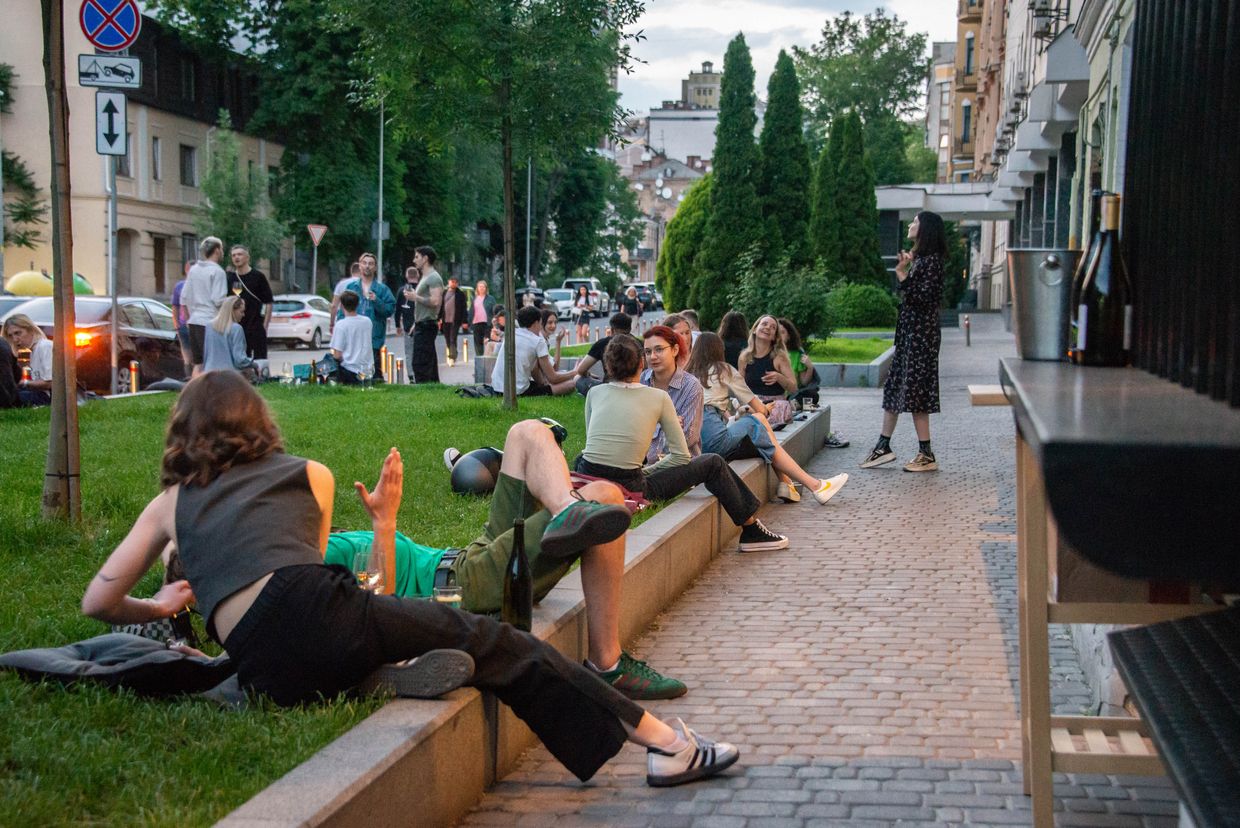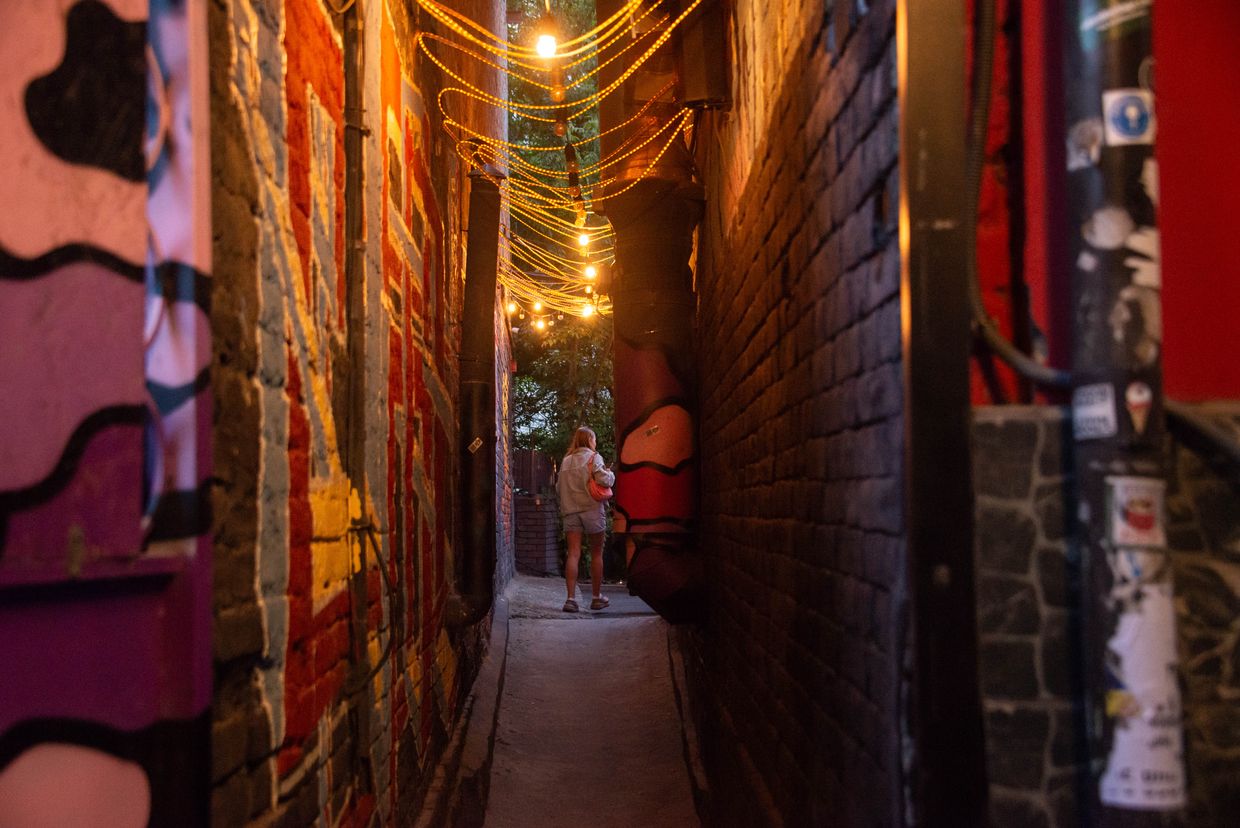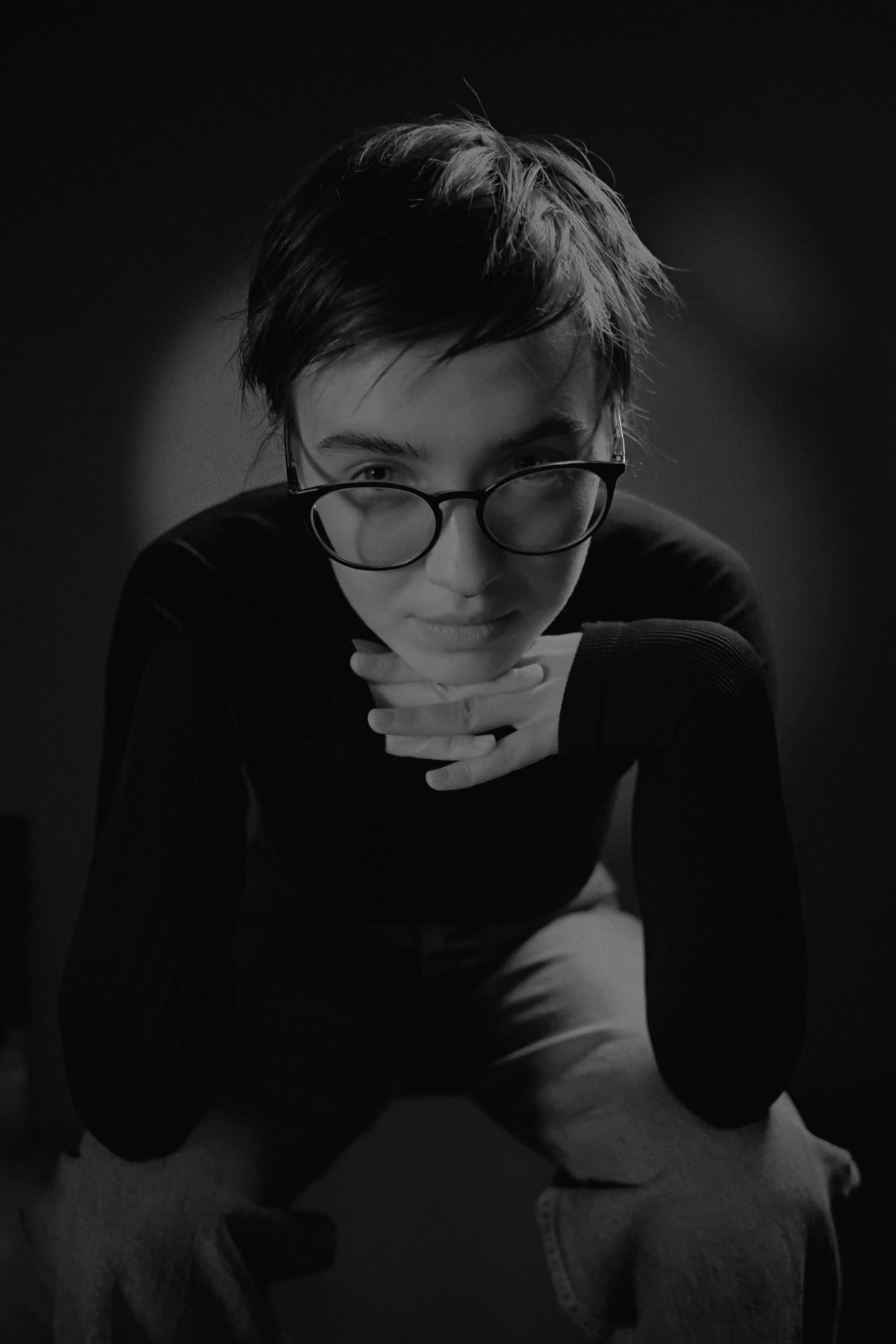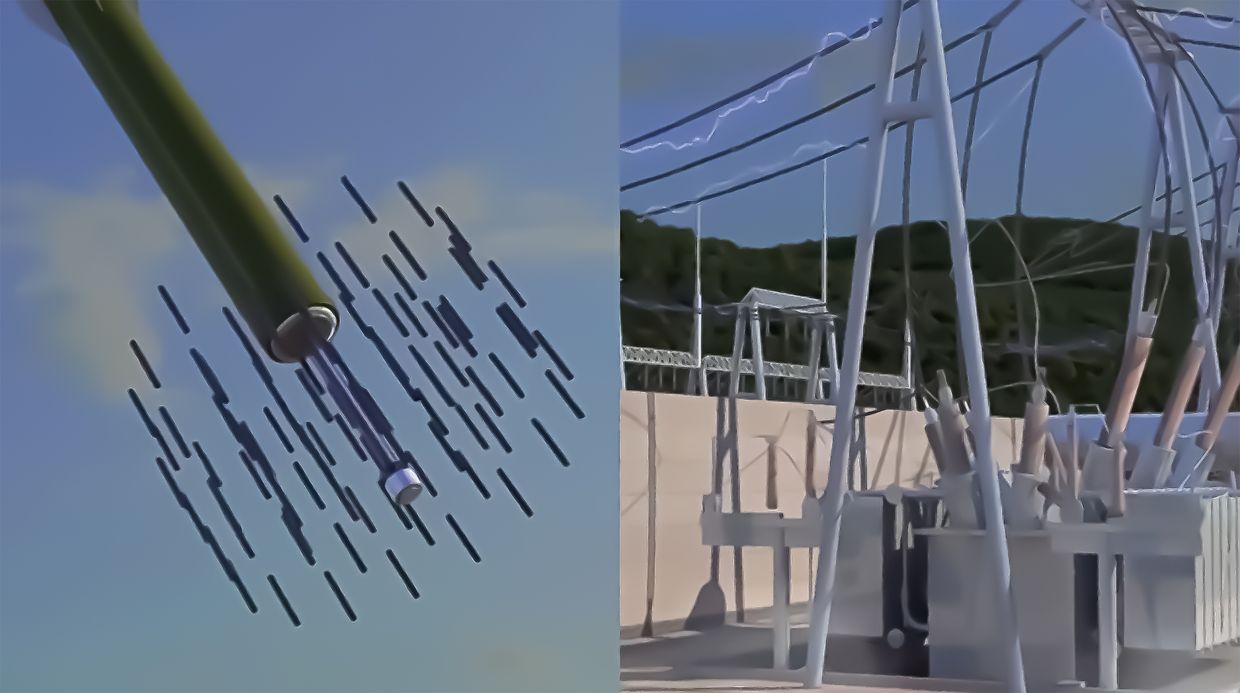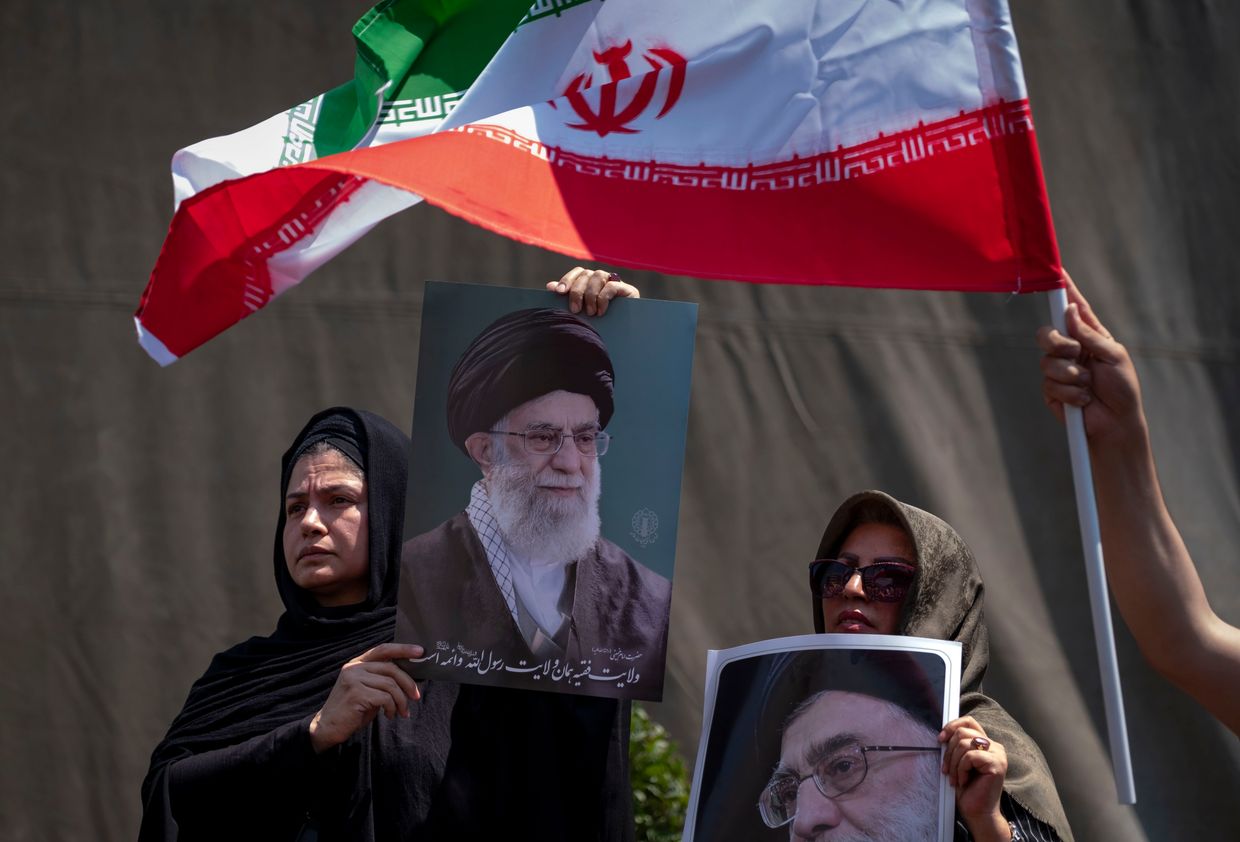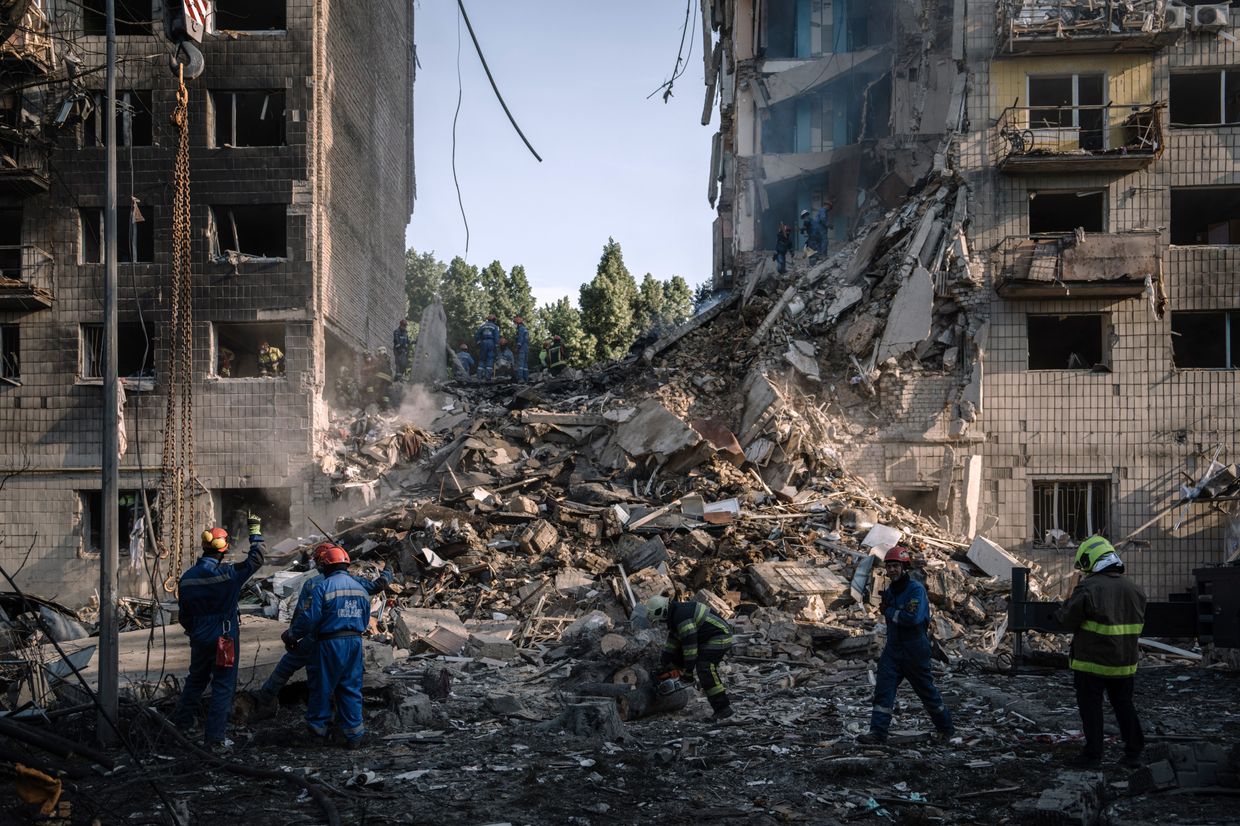Ukraine’s capital, Kyiv, is a city steeped in history, culture, and resilience.
Even in the turbulence of wartime, life in Kyiv, to the greatest extent possible, goes on as usual: Shops, restaurants, clubs, bars, museums, parks, and galleries are all still operating.
Tourism in Ukraine is largely on hold because of the war, of course, but there are still many foreigners living in Kyiv, or visiting on diplomatic or aid missions to the country.
The Ukrainian capital is the best-defended city in the country in terms of attack from the air, and damage from Russian missile or drone strikes is usually due to the impact of falling debris from shot-down weapons.
While air raid alerts are frequent, strikes on the city are more rare compared to cities like Kharkiv, Kherson, Mykolaiv, Zaporizhzhia, and Odesa.


Between air raids, there is actually much to interest a visitor to wartime Kyiv, should they have a free weekend in the Ukrainian capital.
The Kyiv Independent has put together a two-day guide for visitors with recommendations about where to go and what to see in the city.
Day 1
Breakfast at Saint Sophia cathedral
To get in the right mood to explore Kyiv, you could start your day with breakfast at “Etre Sofie” (or “Buty Sofie,” meaning “Being Sofie”), a French café-restaurant located at 24 Volodymyrska Street, a short walk south of Sofiiska Square. It’s located within the white-walled Saint Sophia Cathedral complex, known as the Sophia of Kyiv.
The cathedral is an architectural landmark from the early 11th century, featuring ancient mosaics and frescoes from that time.
“There are cities or places where you can feel the spirit of eternity,” says tour guide and author of the Awesome Kyiv guide Alina Virstiuk. “Sophia of Kyiv is exactly that kind of place.”
A rather more recent addition to the complex, Etre Sofie opened in 2021. One of the restaurant's outdoor seating areas is actually within the cathedral complex itself, while its indoor section is housed in the 17th-century consistory, a former church administrative building. While the café's interior is French in style, its location and menu are redolent of old Kyiv.
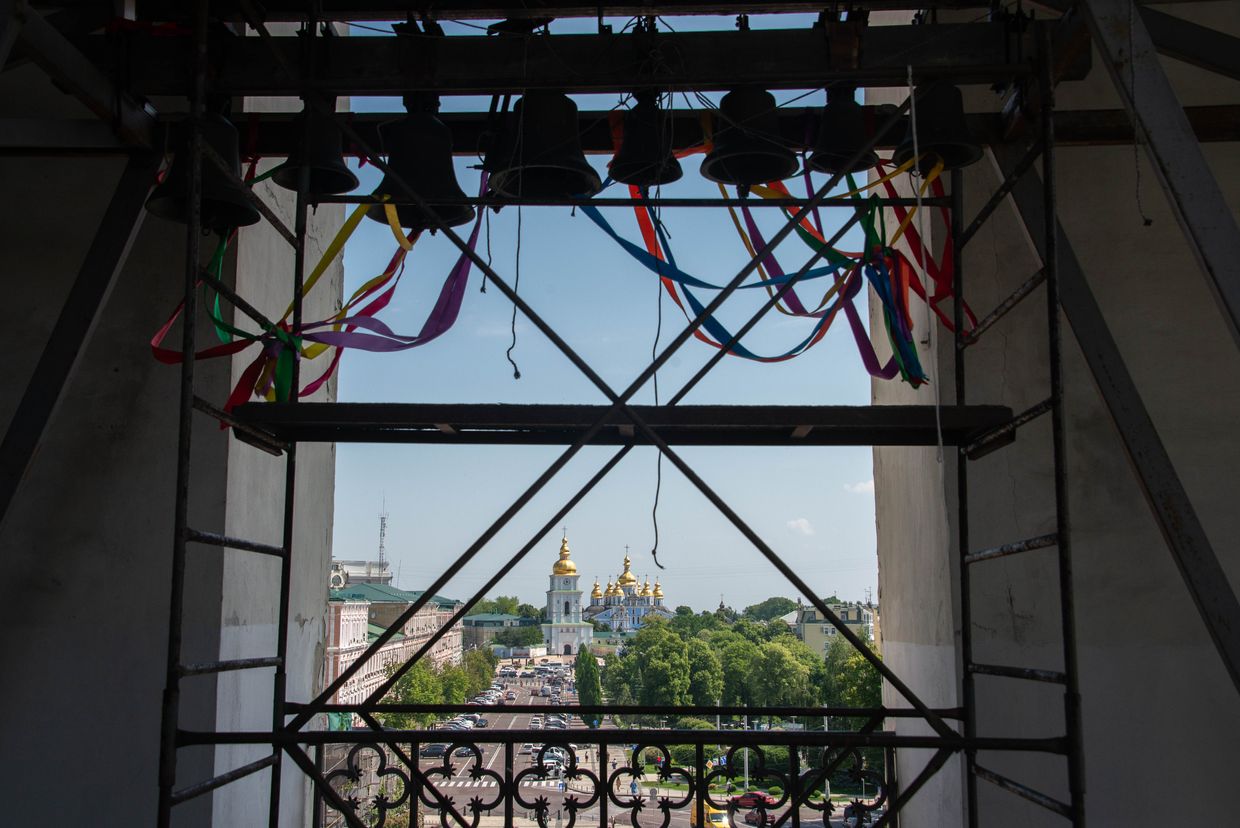
After breakfast at Etre Sofie, climb the bell tower of the cathedral, a monument of Ukrainian (Cossack) Baroque built from 1699 to 1706 by Hetman Ivan Mazepa. The tower provides a spectacular view over the city, although you’ll also see evidence of the impact of the war on Kyiv – the monument to Hetman Bohdan Khmelnytsky in the square below is obscured by protective covers, and further at Mykhailivska Square there is an exhibition of burned Russian military equipment such as tanks and howitzers.
As of January 2023, Russia had damaged over 1,200 objects in Ukraine's cultural infrastructure, including more than 500 cultural monuments. So you often come across boarded-up monuments while strolling through the city – it’s the main way to protect them from Russian attacks.
Cool neighborhood
From Sofiiska Square, head to Reitarska Street – a hidden gem in a cool neighborhood that is off the beaten track for most tourists. Every building and yard along the street seems to host a store of a Ukrainian brand, a modern cafe, or a gallery, creating a unique local experience.
As you stroll down the street, passing by a “triangular” square, nip in through an archway to the so-called "Yard with Crows" to your left. In the yard, you'll find a mural with birds titled "Herald of Life," and opposite it, an aviary with a real crow and one of Kyiv's first street-style stores, Kapkan, which offers a curated selection of items from Ukrainian and foreign brands.
“There is always a sense that everyone knows each other here, and in most cases it is true,” Kyiv guide Virstiuk says.
Here you’ll also find the Kashtan coffee shop, where you can grab coffee with a dessert, and easily get acquainted with locals, according to Zhenya Kaganovych, co-founder of the Hey Guide Instagram channel about Kyiv.
Further along Reitarska Street, in building №13, you’ll find another highly praised venue Zigzag – your alternative option for breakfast if you didn’t stop at Etre Sofie and a good lunch/dinner option if you’re in this area later on.
Next, head to building №21 and check out The Naked Room, a small art gallery that features exhibitions by contemporary Ukrainian artists. Aiming to support Ukrainian up-and-coming artists, the gallery also has an online marketplace where anyone can buy Ukrainian art.
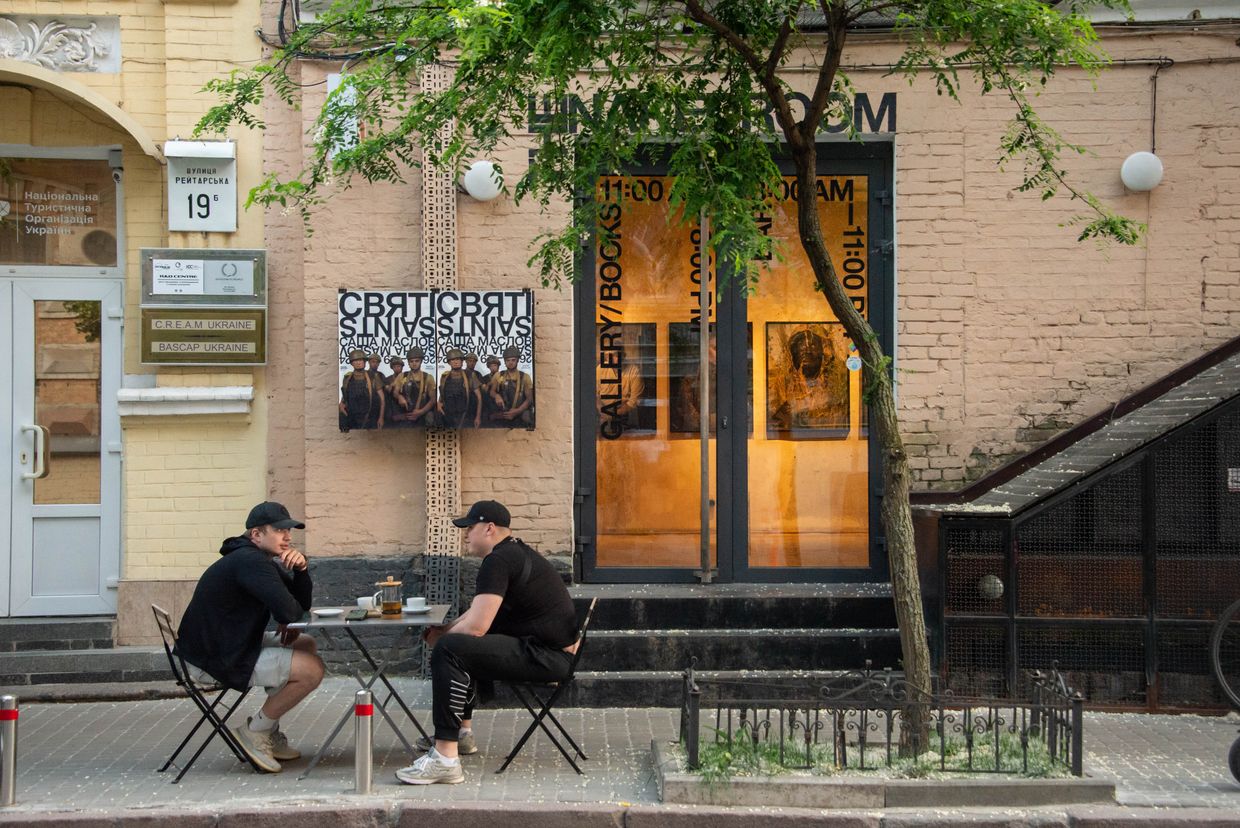
At the adjacent building number 21/13, you’ll find Syndicate store. It's a streetwear brand that influences modern street culture and often collaborates with Ukrainian artists. One recent collaboration titled "Weapons of Mass Creation" with artist Oles Derega reflects the challenges of the new reality amid the ongoing war.
"In the face of the destruction we’re presented with daily, I believe it is essential to create something entirely new: culture, art, and more," Derega says.
Now head left from Reitarska and onto Striletska Street. You’ll pass the Norwegian Embassy on your left and end up on Yaroslaviv Val, a street that follows the old line of Kyiv’s ancient earthen-walled fortifications (more about that later!)
As you come to the end of Striletska, you’ll see across the street the Yaroslava cafe at 13 Yaroslaviv Val. This iconic place has been around since the 1940s, and neither its interior nor its menu has changed much since then. Yaroslava is most renowned for its pyrizhky, traditional Ukrainian pastries with various fillings. Grab two of the most popular ones, cinnamon and cherry, to go, and continue your walk.
Head along Yaroslaviv Val, past Ivana Franka Street steeply descending down to your right, and one of Kyiv’s most impressive sights will soon come into view – no, not the Polish Embassy (but if you can see that then you’re heading in the right direction!) but Zoloti Vorota, the famous Golden Gate of Kyiv.
The structure we see today is a Soviet-era reconstruction dating to 1982, and a controversial one, as nobody actually knows what the original gate looked like. It was largely dismantled in the Middle Ages and was the only one of the three main gates of the old walled city of Kyiv to even partially survive.
Still, with its small shady park areas on either side, including a large statue of the Kyivan Rus Prince Yaroslav the Wise, it’s a beloved spot of Kyivans and is the crowning point of what was recognized by Time Out in 2021 as one of the coolest neighborhoods worldwide.
As you might have guessed, the “Val” (cognate with English “wall”) part of the name of the nearby Yaroslaviv Val Street refers to the old ramparts that used to surround medieval Kyiv, snaking around the central part of the present-day city along a route of about 3.5 kilometers.
Zoloti Vorota, now a museum, is a great starting point for further exploring the area, as suggested by the author of the Kyiv Lover channel Louisa Aliabieva. But as we’re pressed for time, we should now head underground to the Zoloti Vorota metro station, the entrance of which is right across the road from the Golden Gate.
The station interior is unique, featuring mosaics of Kyivan princes and ancient Rus temples, and is well worth a visit in itself. Here, we will take the green line south, to Ukrainskykh Heroiv Square (formerly Lva Tolstova Square), and switch to the blue line, going north towards another cool Kyiv neighborhood – Podil.
Explore Podil
Located next to the Dnipro River and nestled under Kyiv’s hills, Podil also has a thousand-year history. Over the centuries, it has been an important trading center for Kyivans and a heart of city life.
“Podil is a bit chaotic, and spontaneous, but very genuine,” Virstiuk says.
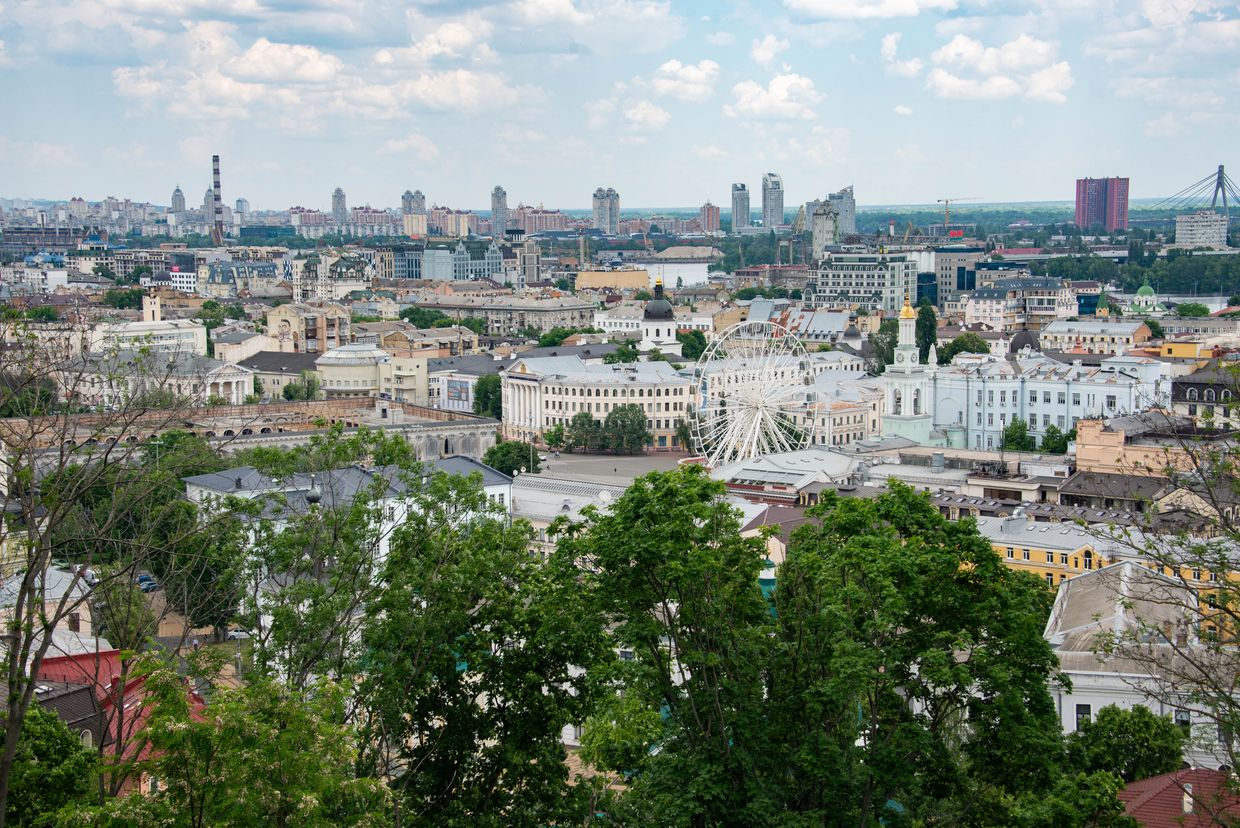
“Historically, artisans used to live here,” Aliabieva adds. “There were a lot of factories. Here you could meet the working spirit of a city. I like its low-rise buildings, the area’s historical appearance is practically undisturbed by tall new buildings.”
There are three metro stations serving the Podil area – Poshtova Square, Kontraktova Square, and Tarasa Shevchenka – the last one named after Ukraine’s most famous poet and bard.
It’s worth popping out at Poshtova and then descending the stairs to the Kyiv River Port. There, you'll have a pleasant view of the Dnipro River and the pedestrian bridge crossing to the wooded islands in the center of the river, between its banks.
Next, head north along Petra Sahaidachnoho Street until you get to Kontraktova Square – a place that once teemed with life during the times of contract fairs, according to Virstiuk. The square is still busy today, even though one of its main buildings, Hostynnyi Dvir, remains in ruins to this day after its roof caught fire in 2013.
On Kontraktova you’ll also find an observation wheel, which gives great views over the Dnipro. Head on past Kontraktova Square metro station to Verkhnii Val Street, turn left and after a short walk you’ll come to Zhytnii Market, a fine example of modernist architecture with a sweeping concave concrete roof. Here, you can buy seasonal foods and flowers, but note that the market is closed on Mondays.
Next, go back down Verkhnii Val and turn left at the intersection with Mezhyhirska Street. This will take you through the throbbing heart of Podil, with its many bars, cafes, and restaurants. It’s easy to get lost in Podil’s grid-like street layout, but keep heading north-west along Mezhyhirska and you’ll find yourself at Tarasa Shevchenka metro station.
Located at the edge of Podil, this is the district’s industrial section, and the area was not popular with locals for a long time. But now former factories are gradually being transformed into clubs and other creative spaces. This is where we will spend our first evening on our tour of Kyiv.
New tastes at Mirali
Mirali is a fine dining restaurant situated in the Garage gastronomic space at 82 Mezhyhirska Street. The place is one of the transformative initiatives to redefine the industrial part of Podil.
Garage hosts four distinctive dining spots, each offering an enticing gastronomic experience. Mirali is renowned for its seasonal and sophisticated cuisine, where every dish is crafted as a piece of art.
“The chef, Mirali Dilbazi, is always experimenting and adding new dishes to the menu. You never know what to expect when you order a dish,” Kaganovych says.
In 2022, the restaurant was included in the 50 Best Discovery world guide. “Cooking with the seasons with a particularly eye for fermentation, each dish is a celebration of the modern Ukrainian pantry,” the guide reads.
Wartime club scene
"The beginning of the full-scale Russian invasion was a shock for everyone, so in the first few months, it was impossible to even think about music events," Ukrainian DJ Human Margareeta tells the Kyiv Independent.
Later, after Ukrainian forces liberated Kyiv Oblast in the spring of 2022, cultural events began to restart. Such events have now become another creative way for Ukrainians to raise money for the army.
There are three main clubs, such as Kyrylivska 41, Closer, and Hvylovyi (Hvlv), located in the Podil area, each with quite different vibes to choose from, according to your preferences.
The unnamed club at 41 Kyrylivska Street is a big club with weekly parties. To get in, you need to pass face control. Inside, there’s heavy techno, and a darkroom. In summer, they play music in the staircase-shaped backyard. Apart from that, the club hosts concerts of experimental music.
Closer is a famous club that organizes famous festivals like Strichka and Brave! Factory. They are moving towards having fewer regular parties and focusing on special events and festivals, but you can still get into their weekend parties, Margareeta says. Here, you will hear lighter music, like house.
Hvlv is the most lightweight option, both in terms of music and atmosphere. It offers diverse lineups and is a comfortable place to meet friends, where you can dance and chat.
Note that all parties end by 11 p.m., as there is a curfew in the city from 12 a.m. to 5 a.m. During this time, you can only be on the street if you have a special pass or if you are heading to the nearest air raid shelter.
Day 2
Coffee and breakfast
We begin the second day at Octo Tower, a six-story modernist tower with a multi-functional space located in the renovated premises of a former hospital at 5 Mechnykova Street, right on Klovska metro station.
On the first floor, you'll find a “slow coffee” cafe. You can choose the coffee preparation method, pick your preferred beans, and sit at the bar counter to watch the barista craft your coffee.
If you’re yet to eat, head to Good Girl cafe for breakfast – it’s conveniently located in the adjacent building. Good Girl was named one of the top 15 breakfast spots in Kyiv by The Breakfast, a global social network for breakfasts and meetings.
Described as both trendy and friendly, the cafe offers a diverse menu, including oatmeal with shrimp, pancakes with sabayon berries, and fermented drinks – so many enticing options that one might find themselves becoming a regular, according to The Breakfast.
Khreshchatyk to Maidan
Now, head west along Mechnykova until it bends round to the north-west and turns into Baseina Street. At the end of Baseina the road will snake around Bessarabsky Market (it’s worth popping into the market to see the range of goods on sale there, and admire this century-old building with its steel-arched roof and glass ceiling, but be warned – this is the most expensive of Kyiv’s markets.)
Turn right at Bessarabska Square and you’ll find yourself on Khreshchatyk Street – the best-known of Kyiv’s central streets. Largely destroyed during World War II, Khreshchatyk features monumental communist architecture, even including a mini “Stalin skyscraper.”

Continue along Khreshchatyk and you’ll soon reach Independence Square, or Maidan Nezalezhnosti. This area was the epicenter of three fundamental revolutions in modern Ukrainian history: the 2013-2014 EuroMaidan Revolution, also known as the Revolution of Dignity, the Revolution on Granite in 1990, and the Orange Revolution in 2004. For more than three decades, this place has been the central stage for Ukraine’s struggle to break Russian domination of Ukraine.

"I went to Revolution of Dignity when I was a student. So when I bring guests on tours here, I also tell them about the shootings of revolutionaries from the Hotel Ukraine, which is easily visible from this point," Virstiuk explains, referring to the murders of Ukrainian protesters by government snipers in February 2014.
"(Maidan Nezalezhnosti) is not just a center. It's a place where history and change unfolded," she says.
The square now also reminds locals and visitors of the high price Ukraine is paying as it’s defending against the ongoing Russian aggression – one of the flower beds is covered with hundreds of small Ukrainian flags, each representing a fallen Ukrainian soldier.
On to European Square
With the defeat of the Russian invasion army in Kyiv Oblast in March and April 2022, the security situation in Kyiv improved, and museums began to resume their work. They are still not operating at full capacity, and many main exhibits are hidden away. However, they keep functioning, continuing to support the nation’s art and culture scene.
Moving northeast from Maidan Nezalezhnosti, we reach European Square, which is dotted with museums and cultural sites.

Overlooking European Square, Ukrainisky Dim, or Ukrainian House, is a cultural center with its roots in the 1970s-1980s, when it was known as the Kyiv Branch of the Central Lenin Museum. Initially conceived with ideological rather than artistic value (although its distinctive interior was actually featured in multiple pop videos), it has since become an important cultural institution supporting Ukraine's independence.
Now, the curators of the Ukrainian House organize exhibitions in response to Russia's attempts to erase Ukrainian culture.
For instance, in the summer of 2023, the center held an exhibition in memory of naïve artist Polina Raiko. Her painted house, which was of notable cultural value, was flooded after Russian forces blew up the Kakhovka Dam in the south of Ukraine on June 6, 2023. Almost all the paintings inside were destroyed.
To the south, on Hrushevskoho Street, past the Lobanovsky Stadium (the home of the Dynamo Kyiv soccer club) is the National Art Museum, which reopened after renovations in September 2023. Once the leading museum of Ukrainian art, housing the largest collection of exhibits from the 12th century to the present, the museum's main exhibits are now divided between storage and museums abroad due to safety concerns. Despite these challenges, the museum remains active, presenting exhibitions by contemporary artists and hosting film screenings.
Arsenalna area
As the government area is closed off for security reasons (you need a pass to get through it), we’ll now double back to Khreshchatyk metro station and take the red line one stop east to reach Arsenalna metro station on your left. It’s worth going to this station to ride its two huge escalators – it’s one of the deepest metro stations in the world, reaching a depth of 105.5 meters.
Once above ground, if you’re feeling peckish, directly across from the metro station you will find the Kyiv Food Market – a relatively new development packed with outlets selling anything from burgers to sushi. Beside it, there’s a row of restaurants offering a variety of cuisines, including Italian and Georgian.
The restaurants are located in the old Arsenalna arms factory. The bottom two floors of the building, at the corner across from the metro station, still bear the scars of Ukraine’s revolutionary past: The brickwork facade is pocked with bullet holes from when Ukrainian government forces suppressed a pro-Bolshevik uprising by factory workers on Jan. 29, 1918.
Continue your journey down Ivana Mazepy Street and head towards Mystetskyi Arsenal. Along the way, you'll pass the futuristic-looking Saliut hotel to the left, and, just beyond it, the Park of Glory (Park Slavy). The area you have entered is known as the Kyiv Hills, and from the park you can get a beautiful panoramic view of the left bank of the city.
A short six-minute walk from the park leads you to Mystetskyi Arsenal. Housed in a former arsenal for cannons and other artillery equipment, it now functions as an art center. It puts on various artistic shows and serves as a venue for festivals and cultural events. No matter when you’re in Kyiv, you’re likely to find an interesting exhibition in progress there.
Across the street from the center is the Kyiv-Pechersk Lavra, a prominent historical and architectural monument from the Kyivan Rus era. The Lavra has a large territory with numerous galleries and museums. Don't miss the Museum of Microminiatures by Mykola Syadrystyi, showcasing impressive handmade works with intricate detailing that have to be viewed through a magnifying glass to be fully appreciated.
“My favorite part of Lavra is the Bell Tower, which was the tallest structure in Kyiv for a long time. Locals say that if you haven't been there, you haven't truly been to Kyiv," Virstiuk says.
Next, and if you still have energy after clambering up the Bell Tower, make sure to visit the Mother Ukraine monument. This 62-meter-high, all-welded steel structure has the form of a woman holding a shield and sword. In 2023, the Ukrainian coat of arms – the trident, or Tryzub – was installed on the monument's shield, replacing the previous Soviet emblem.
The removal of Soviet and Russian symbols, which has been going on across Kyiv and the whole of Ukraine at an accelerated pace, is a crucial step in decolonization, fighting a lingering Russian influence and bolstering Ukraine’s own independent identity.
Back to the bars
As your second day of exploring Kyiv comes to an end, now is a fine opportunity to discover some top bars – and meet some of the locals. The area around Zoloti Vorota offers a wide selection of places for this.
Close to the metro, on 25/40 Ivana Franka Street, is Pure Naive. It’s a wine bar and bistro that is usually bustling with people as the evening begins.
"I often go here with friends for a glass of organic wine, or for lunch," Kaganovych says.
Kyivans also favor Kosatka, a bar at 25/2 Velyka Zhytomyrska Street. For many years, besides a variety of drinks, it has offered its tasty "New York" burger and syrnyky (cheese pancakes) with caramel, according to Kaganovych.
If you're in the mood for a more classic bar-like atmosphere, it's worth going to the Dvadtsiatka basement bar. It has dim lighting, a traditional bar counter, and a wide selection of drinks. The place is also considered quite safe if there’s an air raid, as it’s in a basement.
Wherever you are, it's crucial during air raids to head to the nearest shelter – in the center most often this will be in a metro station or a pedestrian underpass. The big hotels in central Kyiv also have bomb shelters.
No matter what you do, wherever you are, and no matter how “normal” life in Kyiv might at first glance seem, you always see the shadow of war in Ukraine. When the air raid sirens wail, it’s another reminder that this is not normal; this is not how Kyiv and Ukraine should be.
Ukrainians in Kyiv, protected by the Armed Forces of Ukraine, can still go out on an evening – but at the same time, they’re supporting the local economy, making donations to the defense forces and organizing fundraisers in support of the armed units in which their close relatives and loved ones serve.
While interacting with Ukrainians in leisure time in wartime Kyiv, it’s important to remember that for many of them it’s just a few hours of levity on a weekend as they continue to witness brutal attacks and lose loved ones, paying a heavy price in the battle against an aggressive, imperialistic power.




